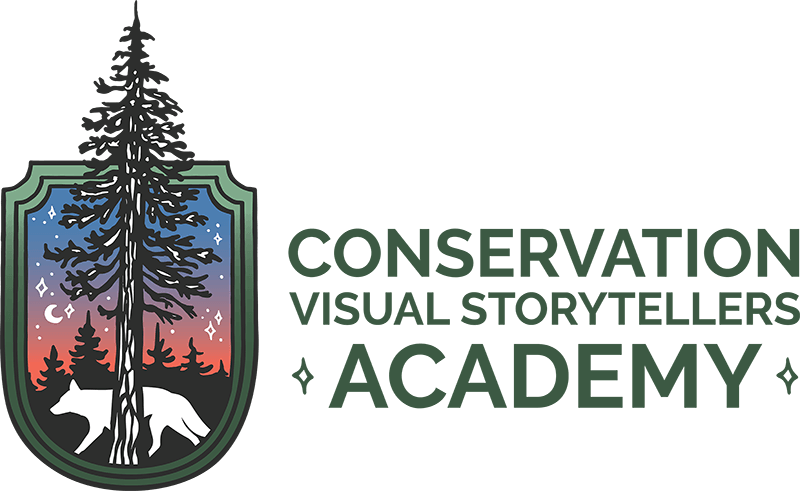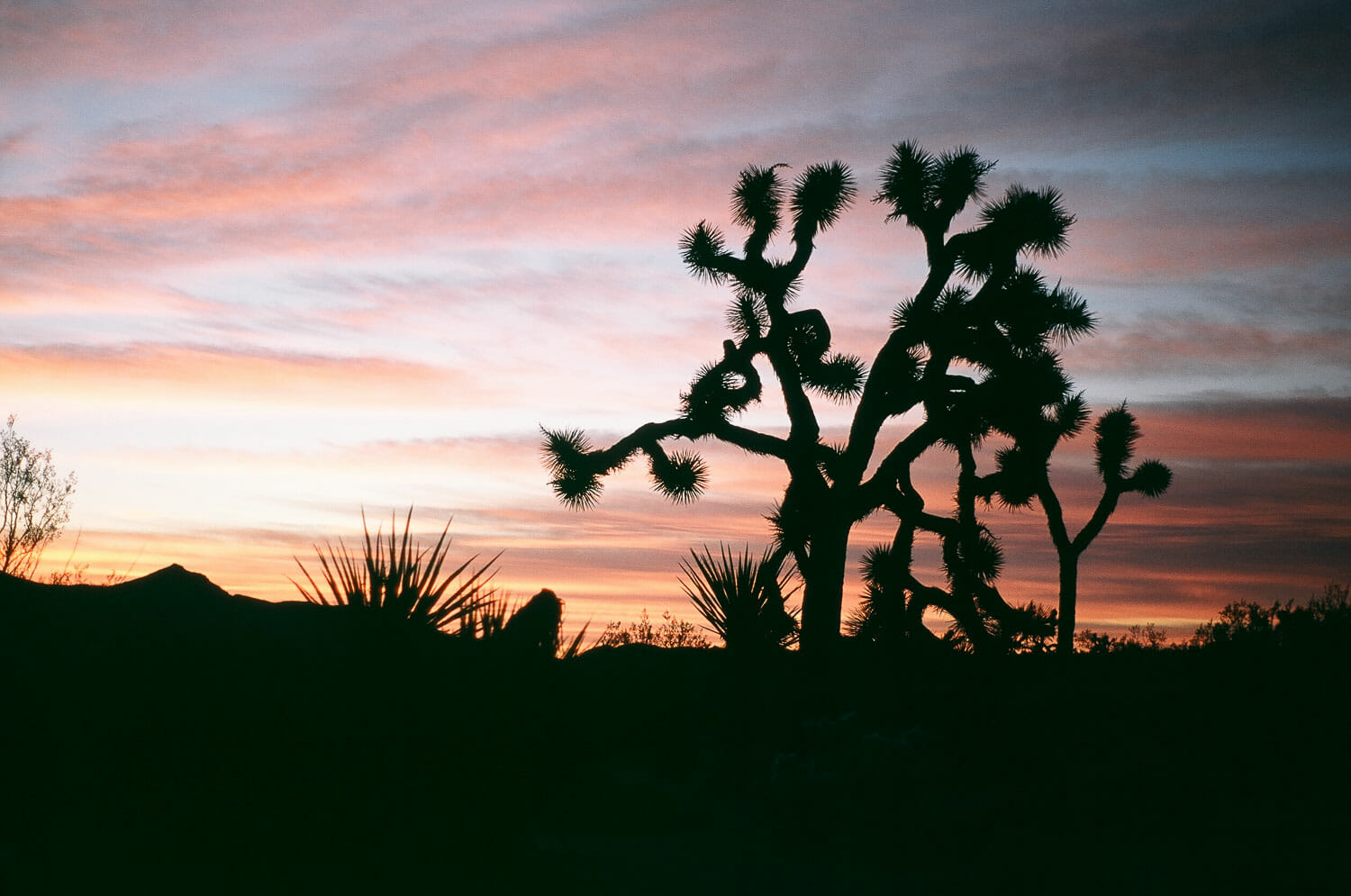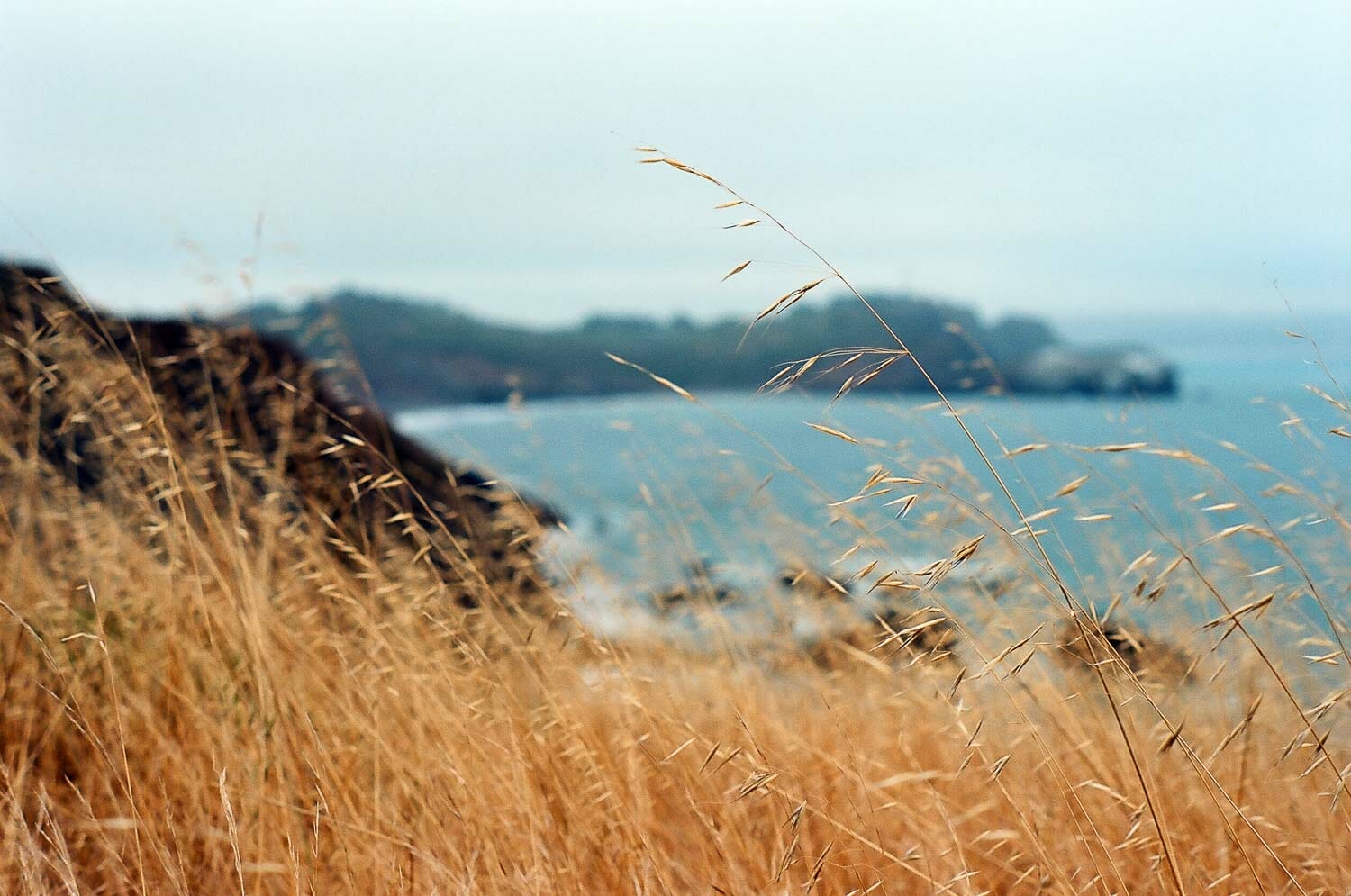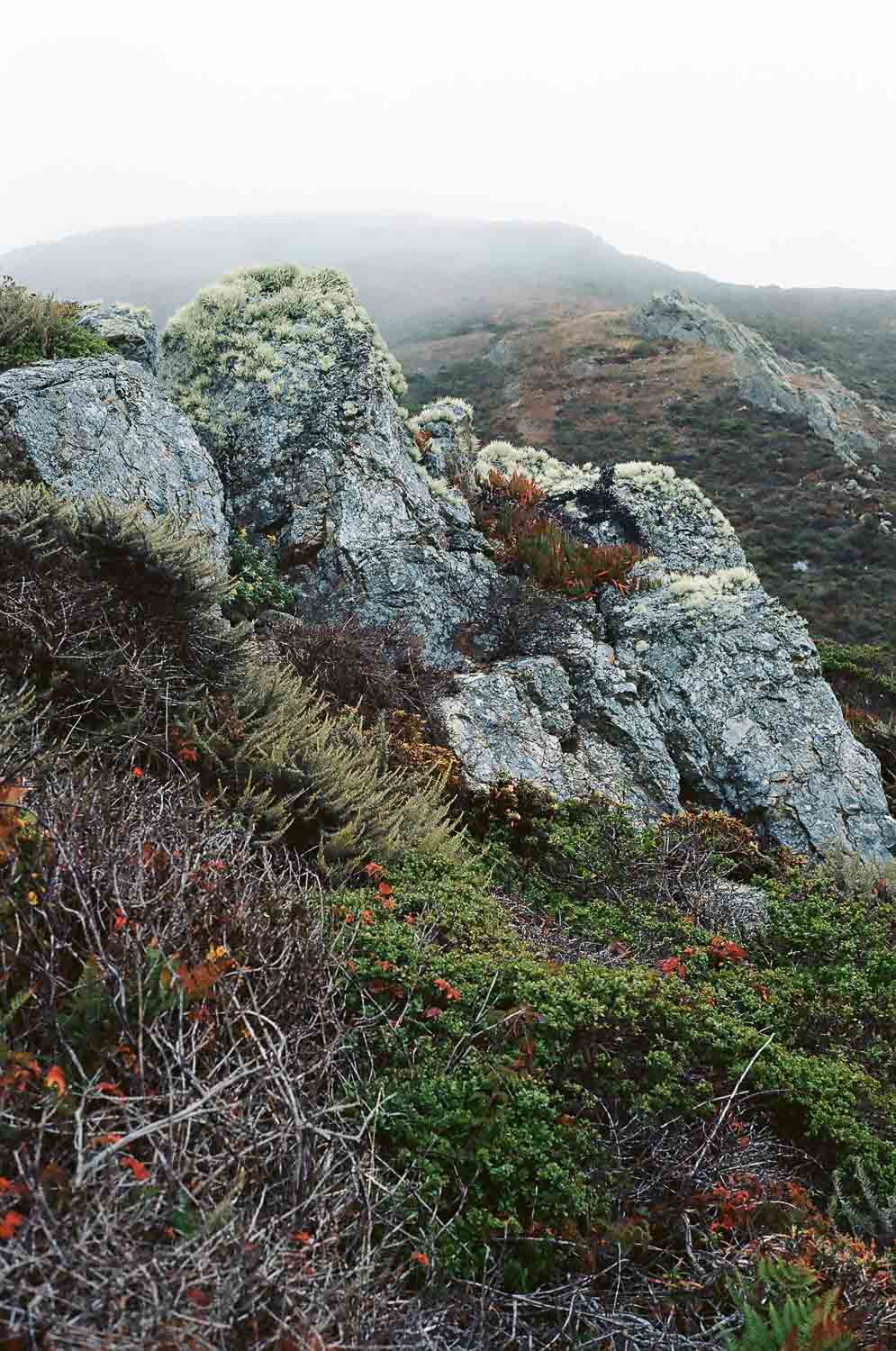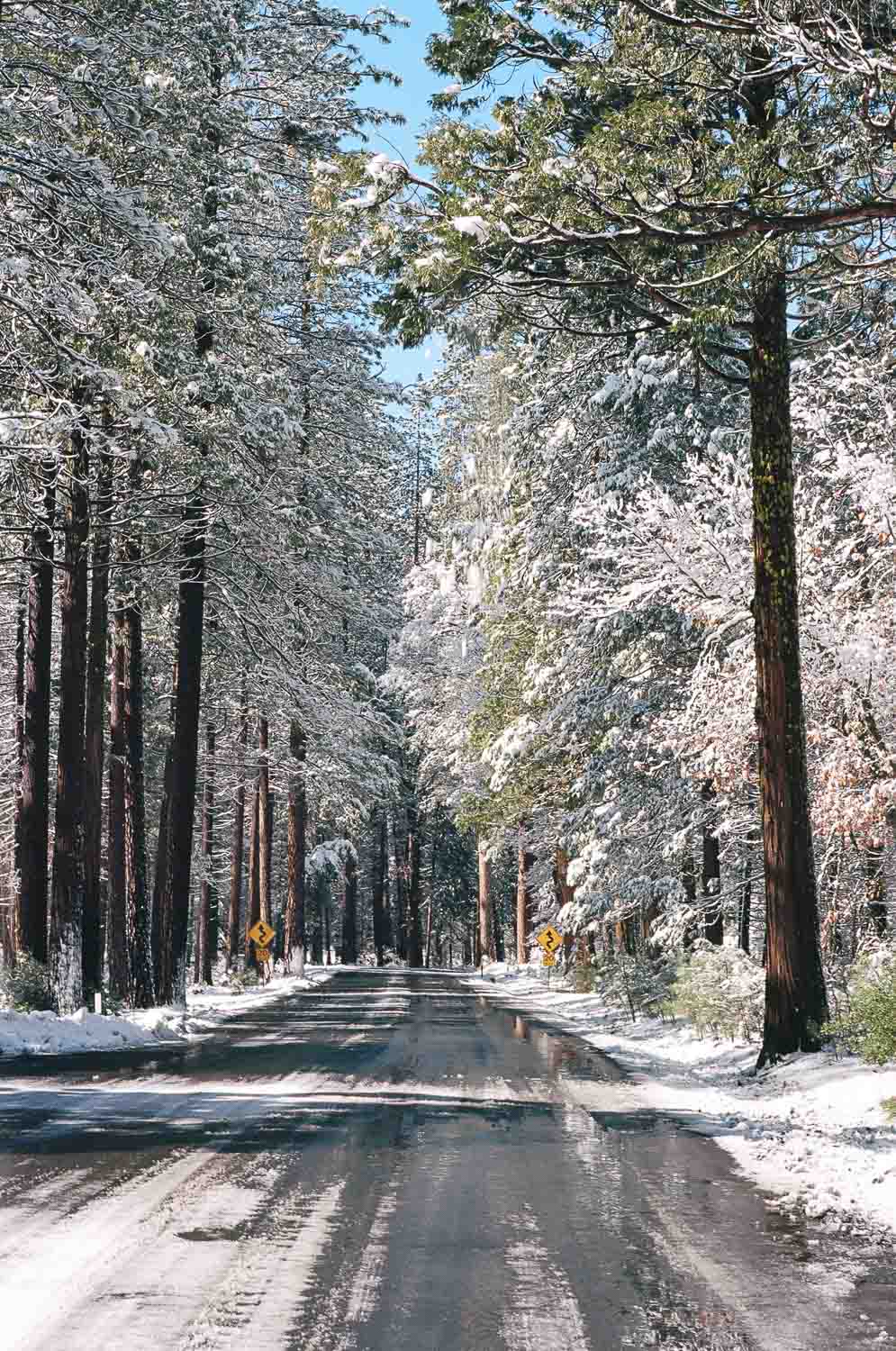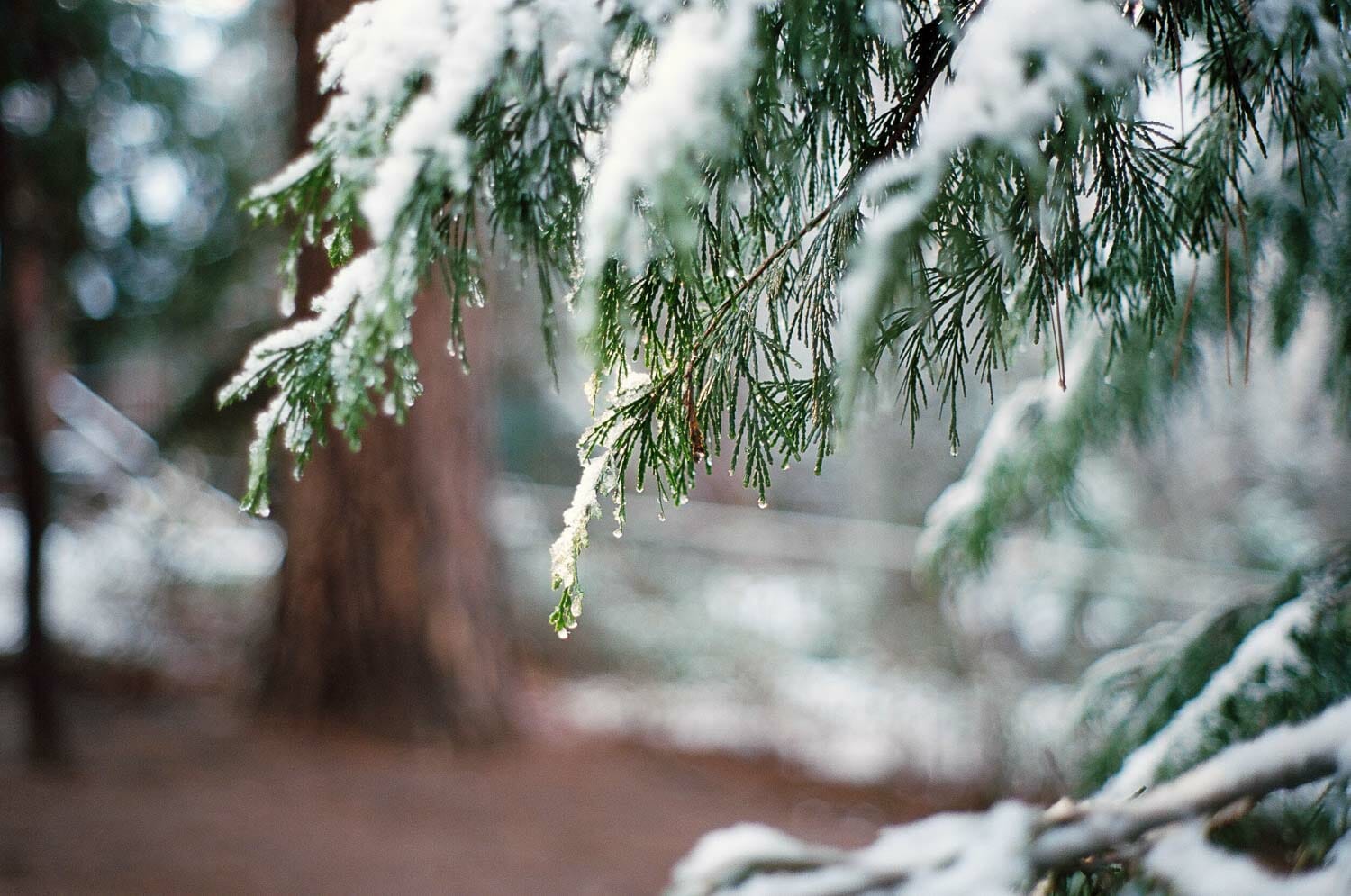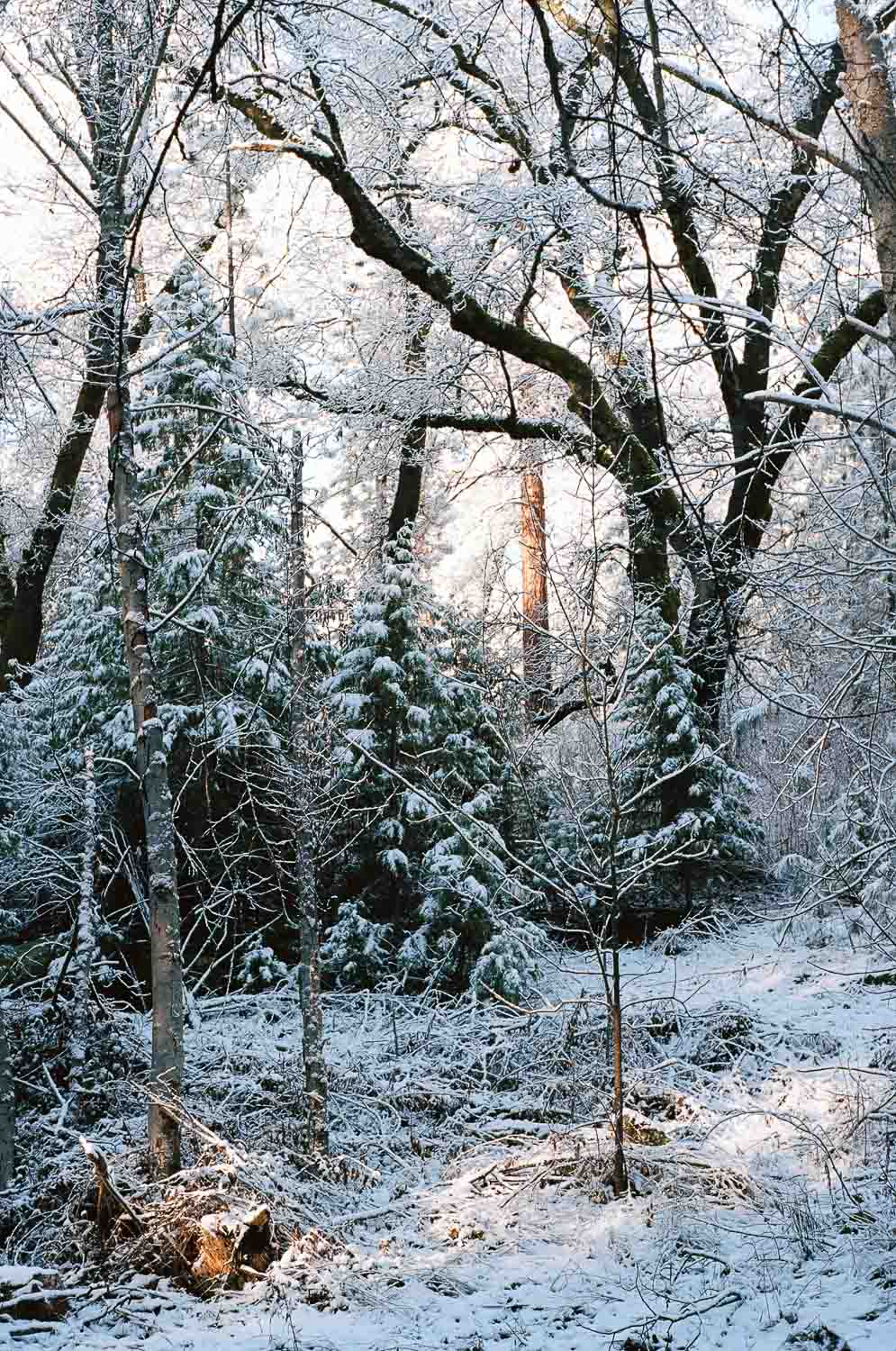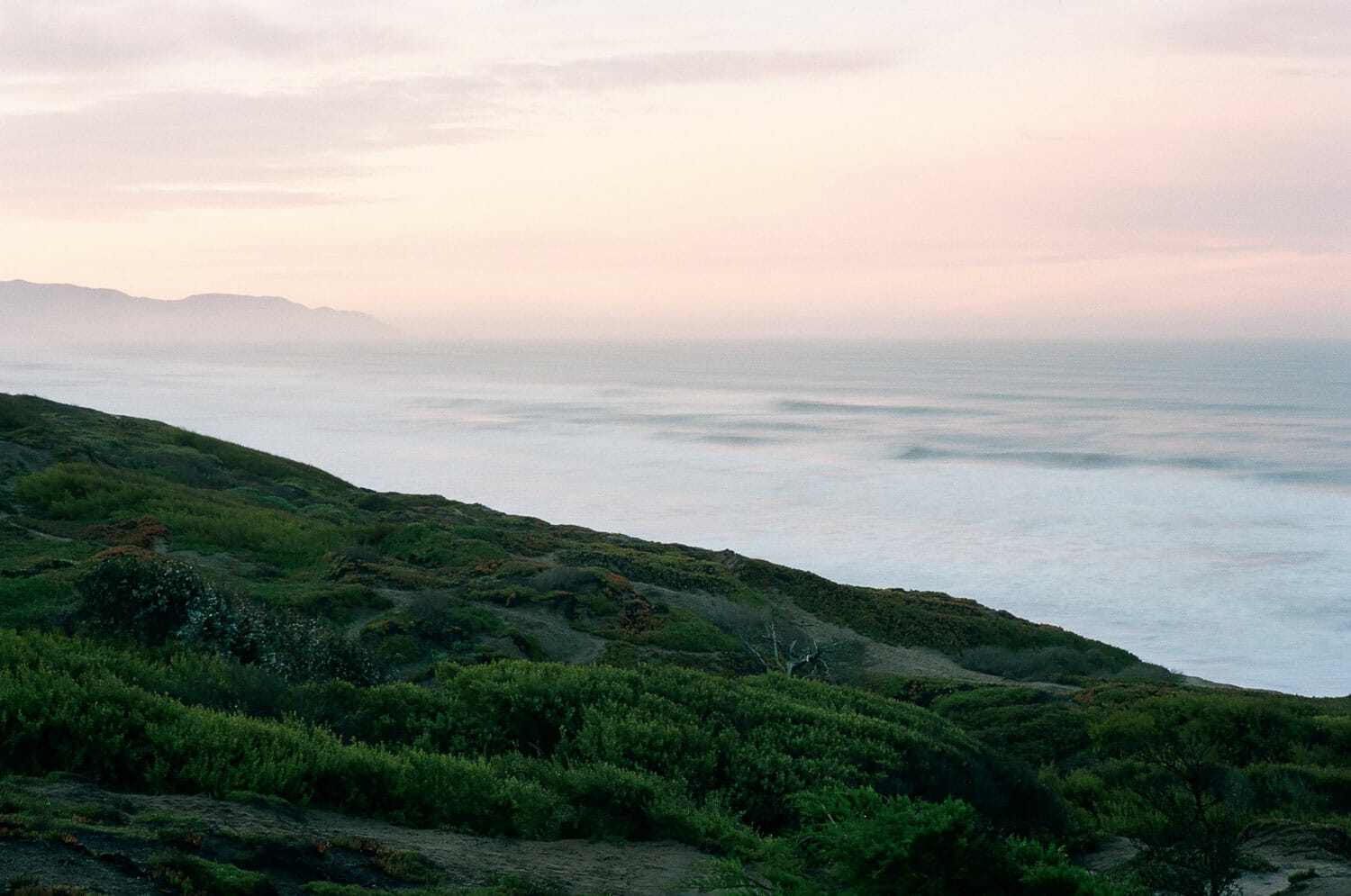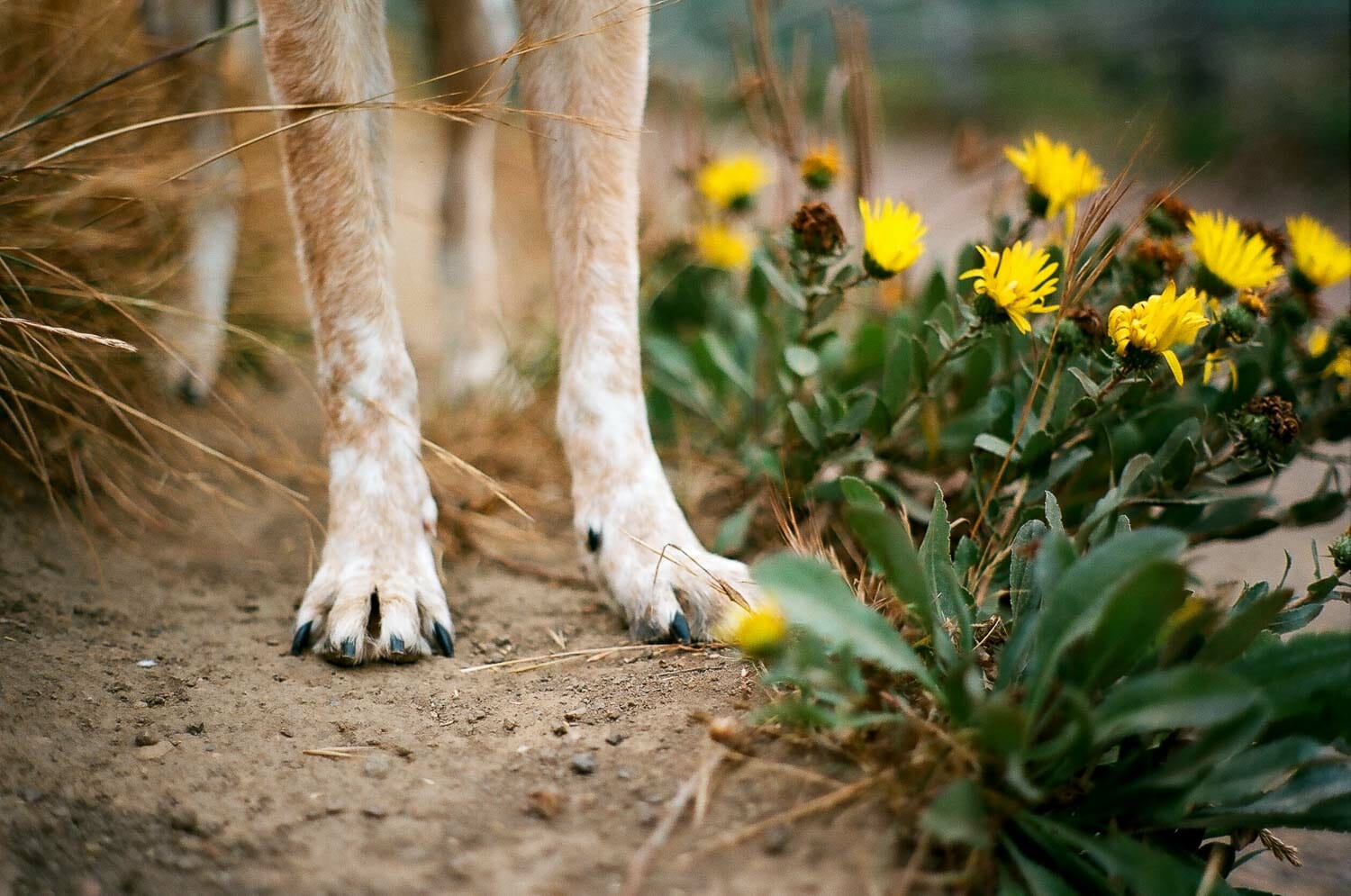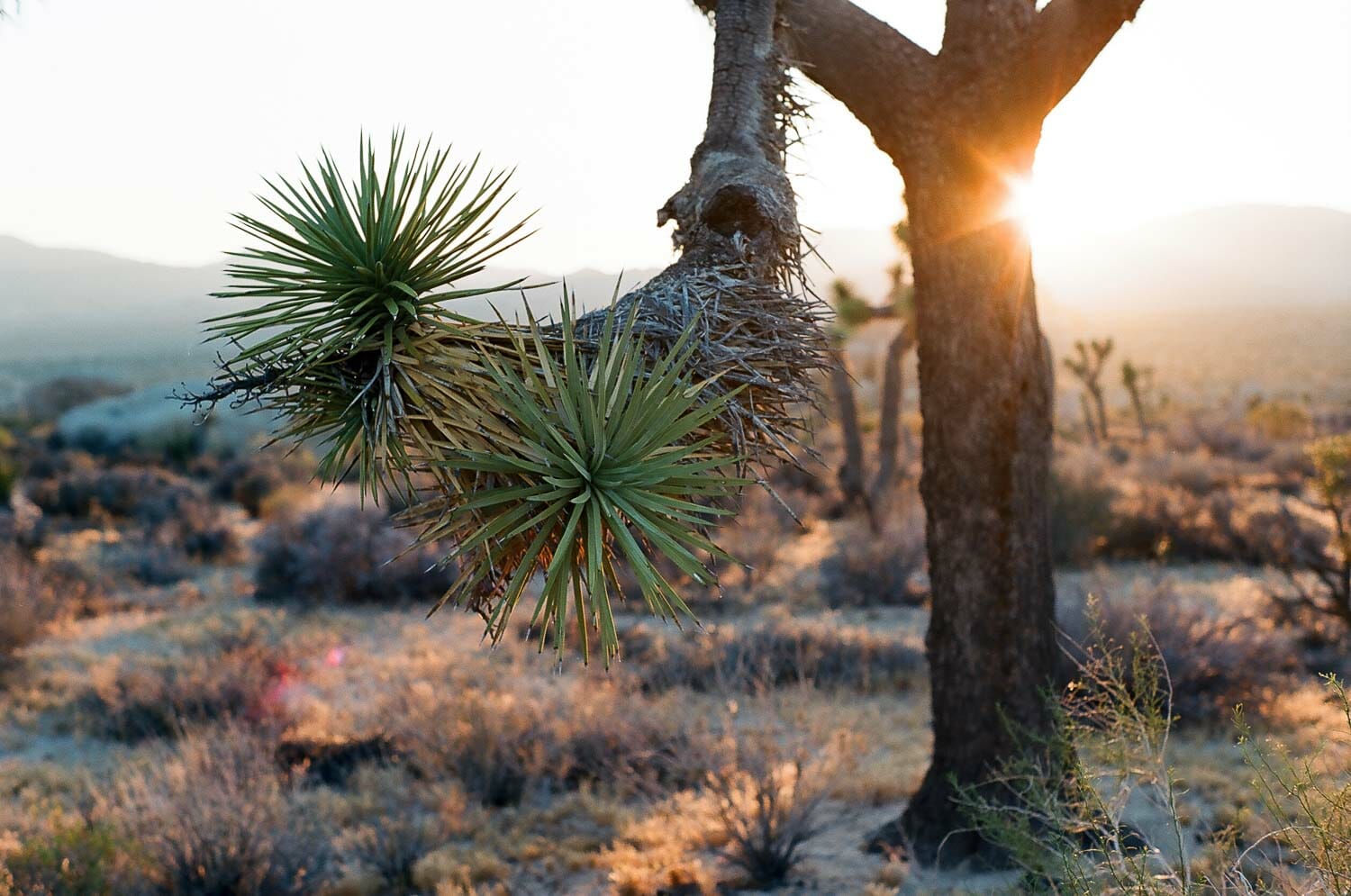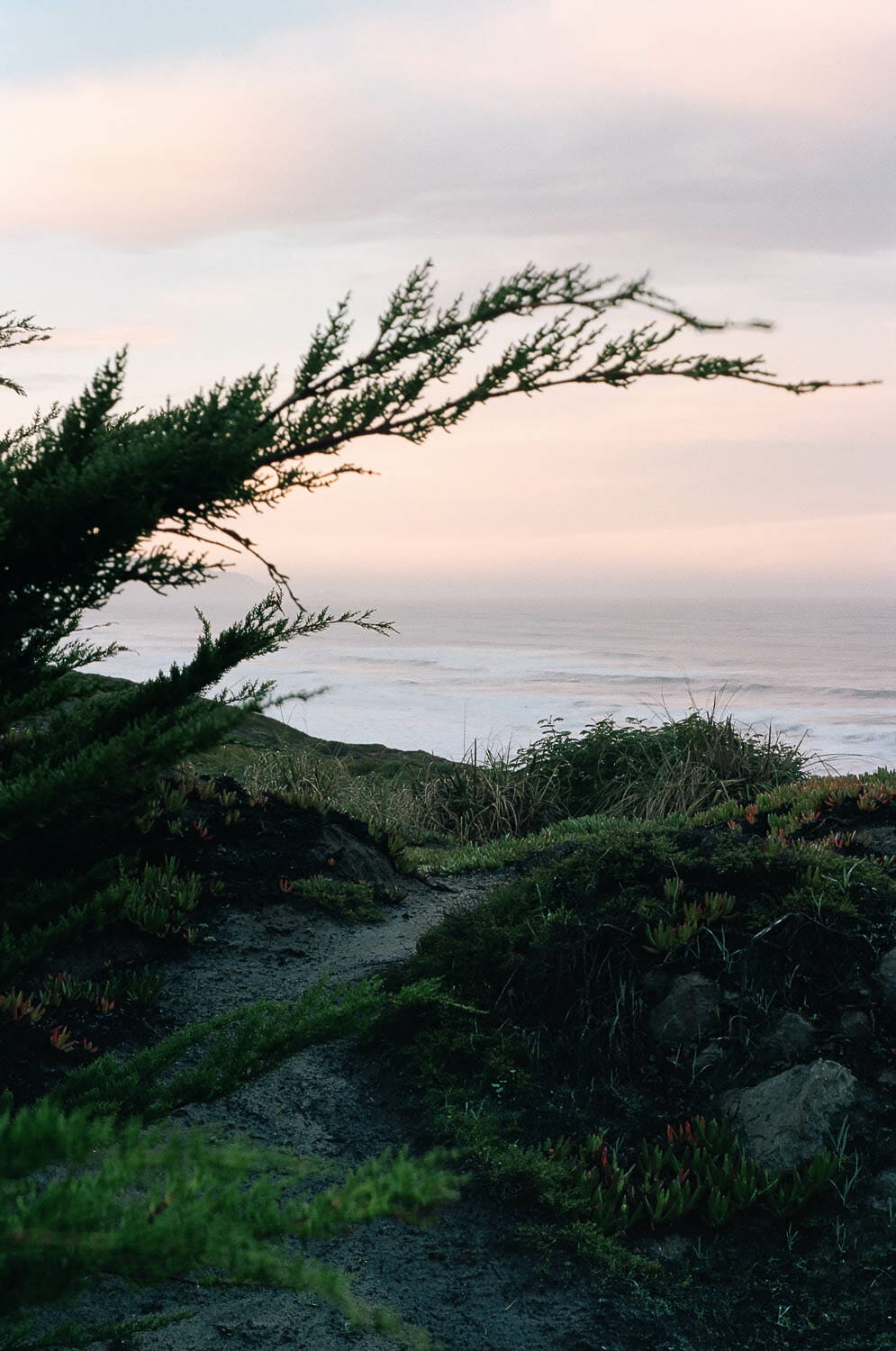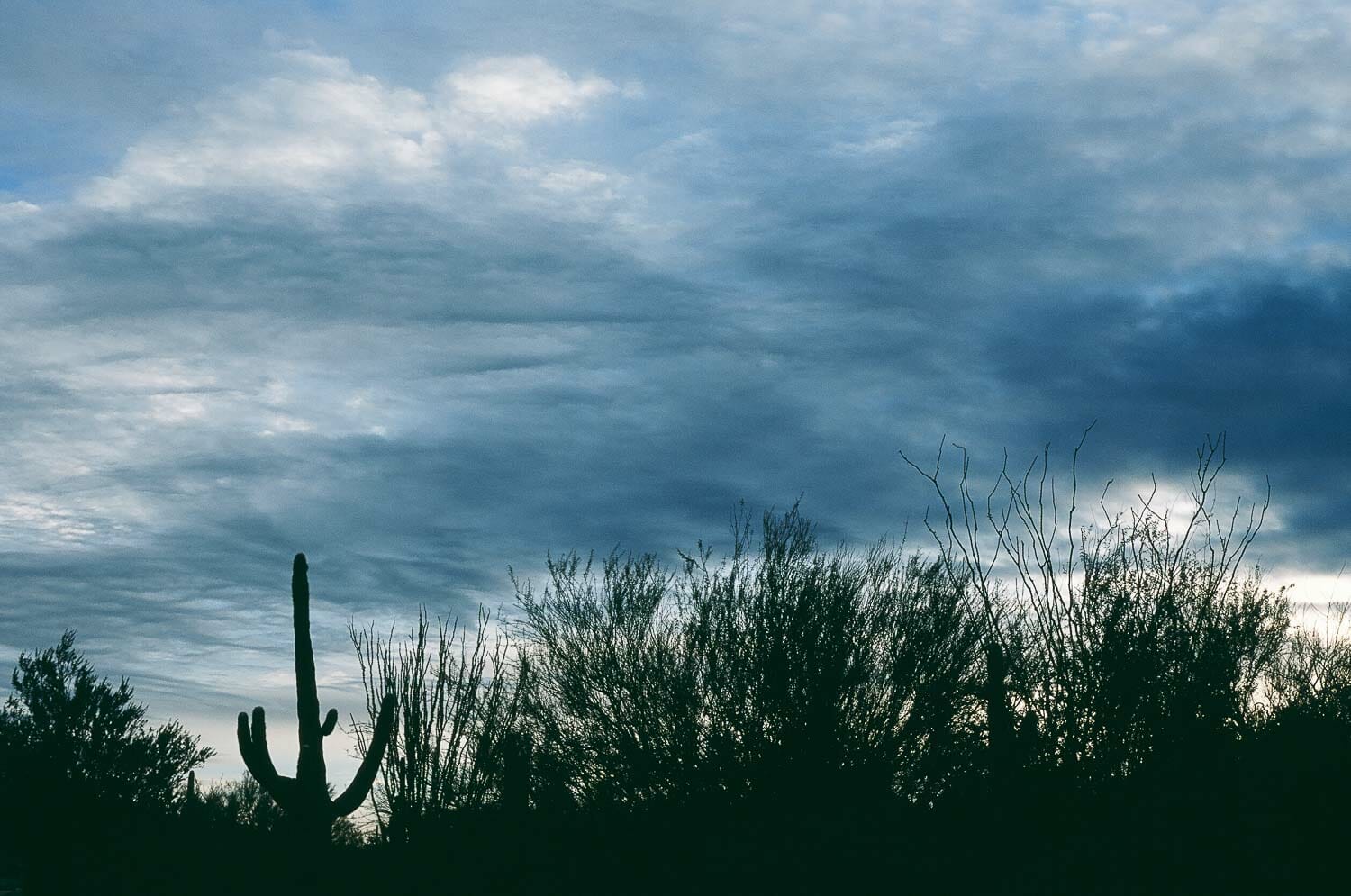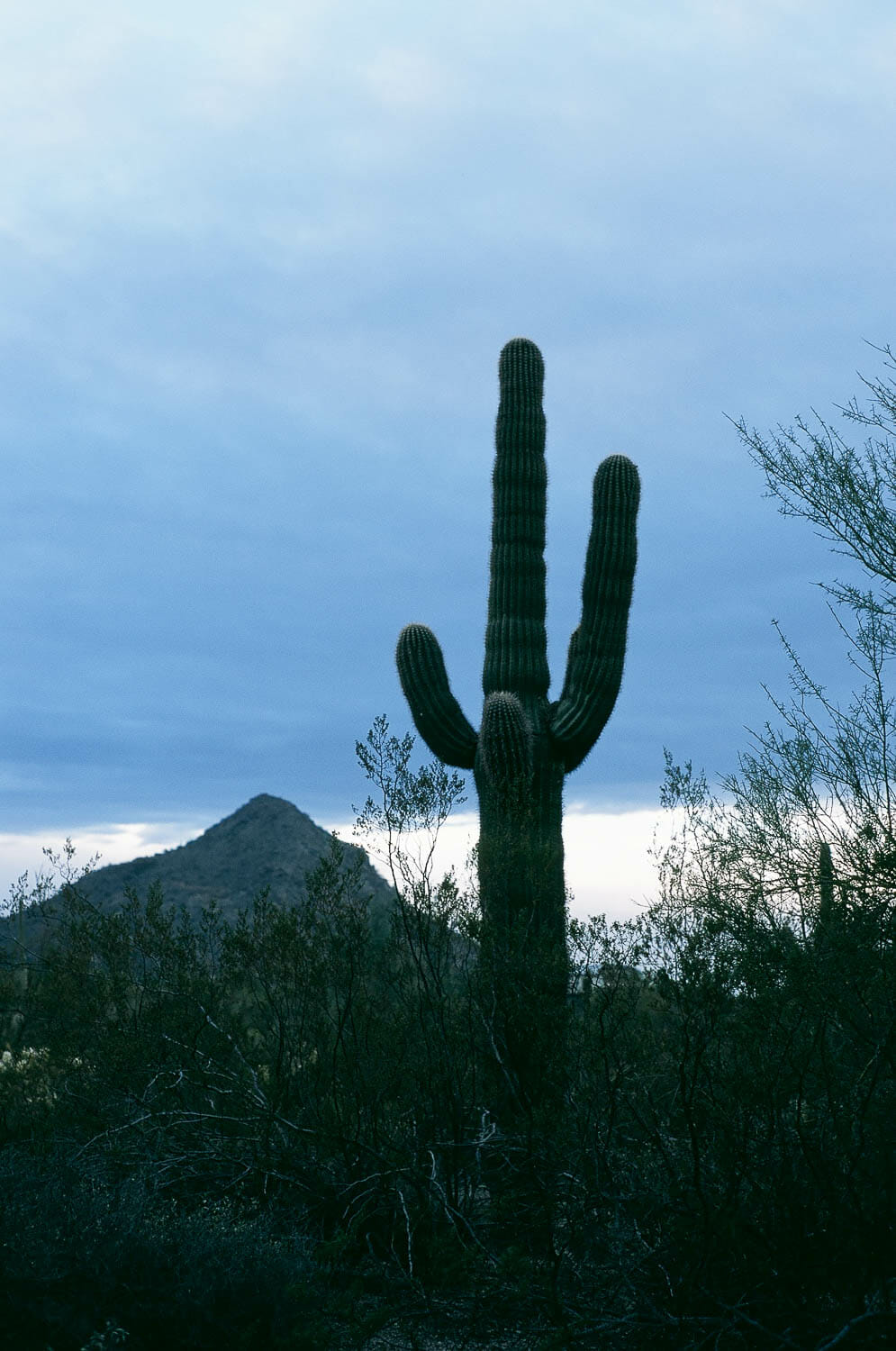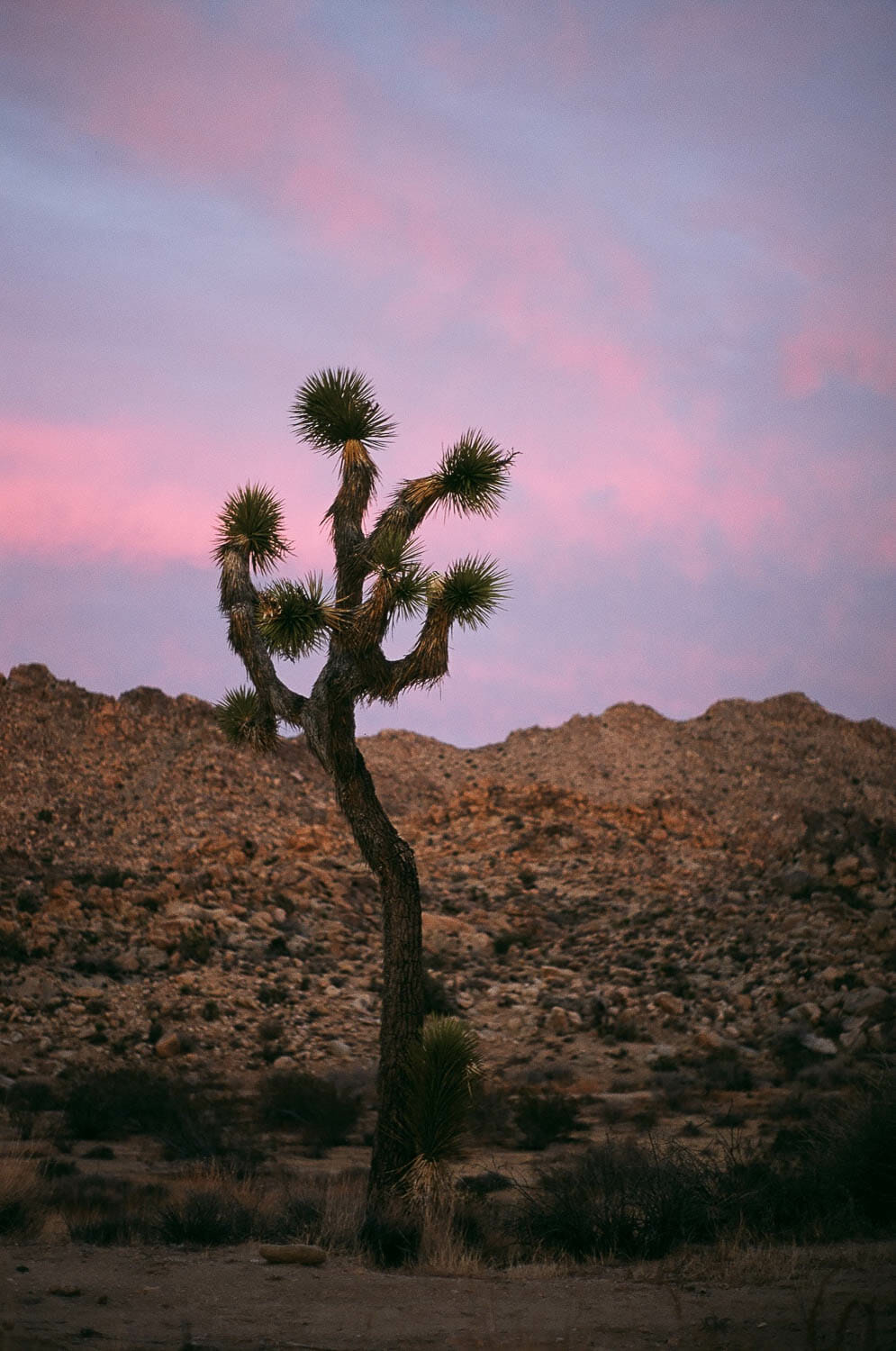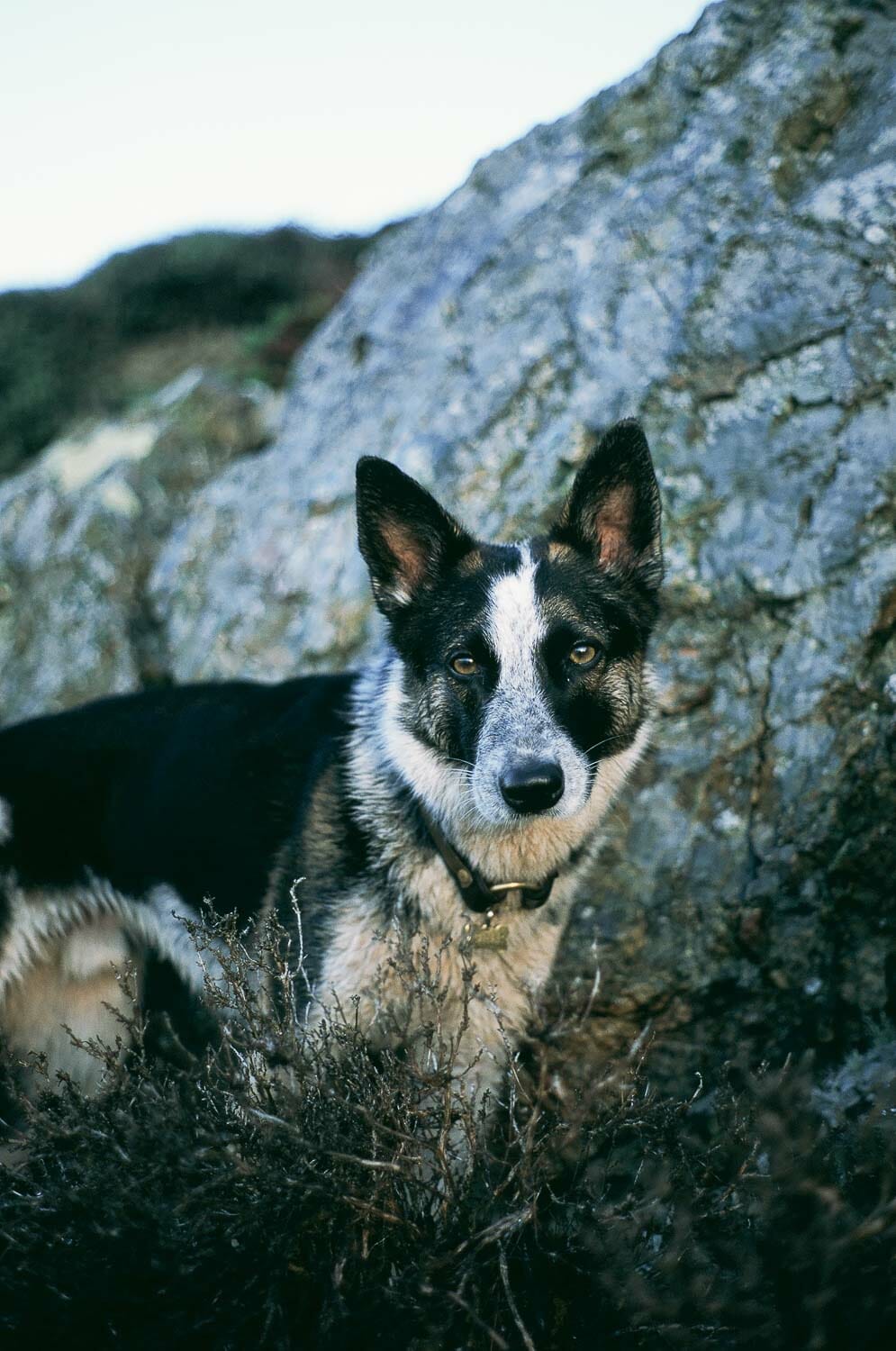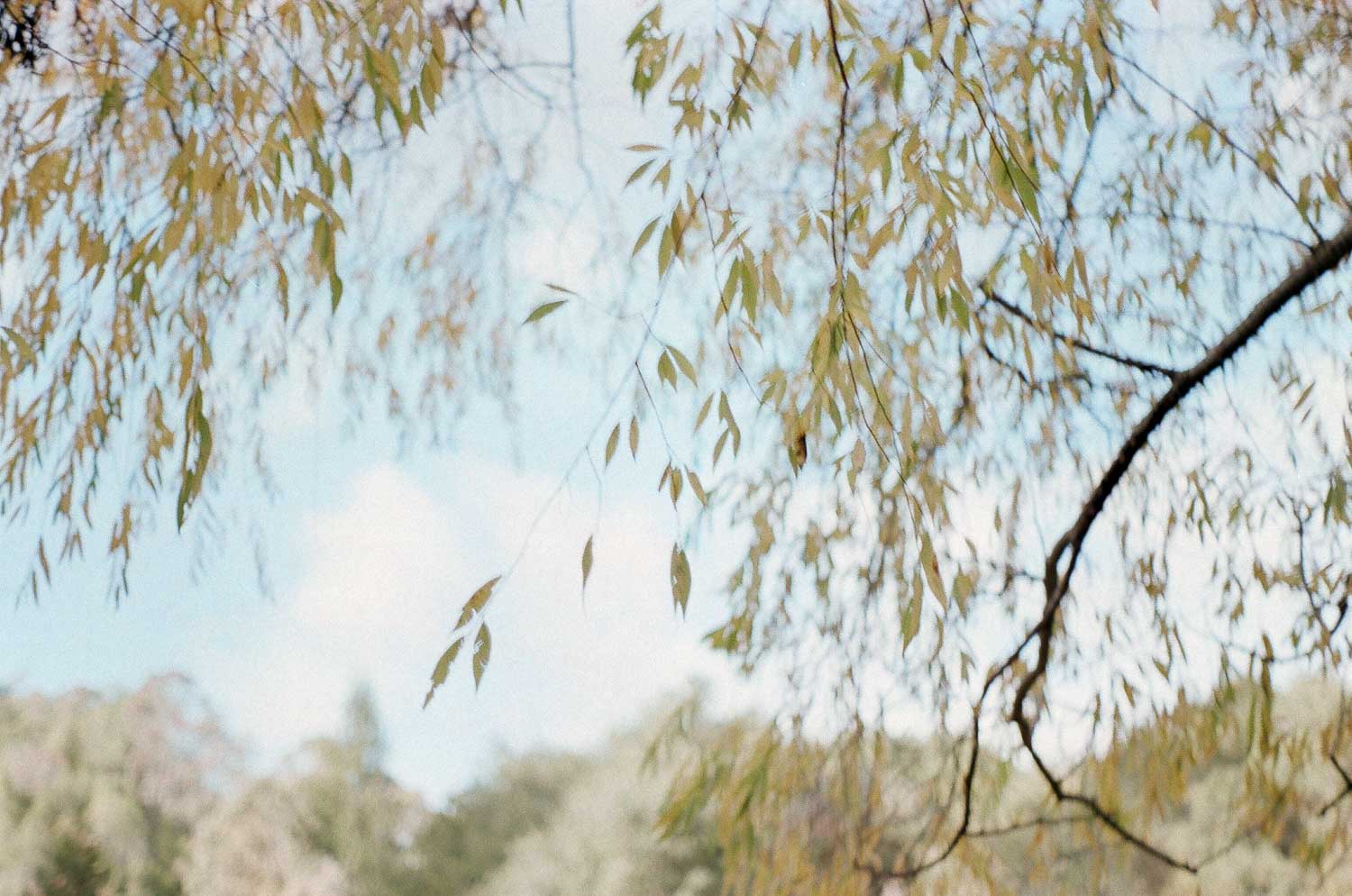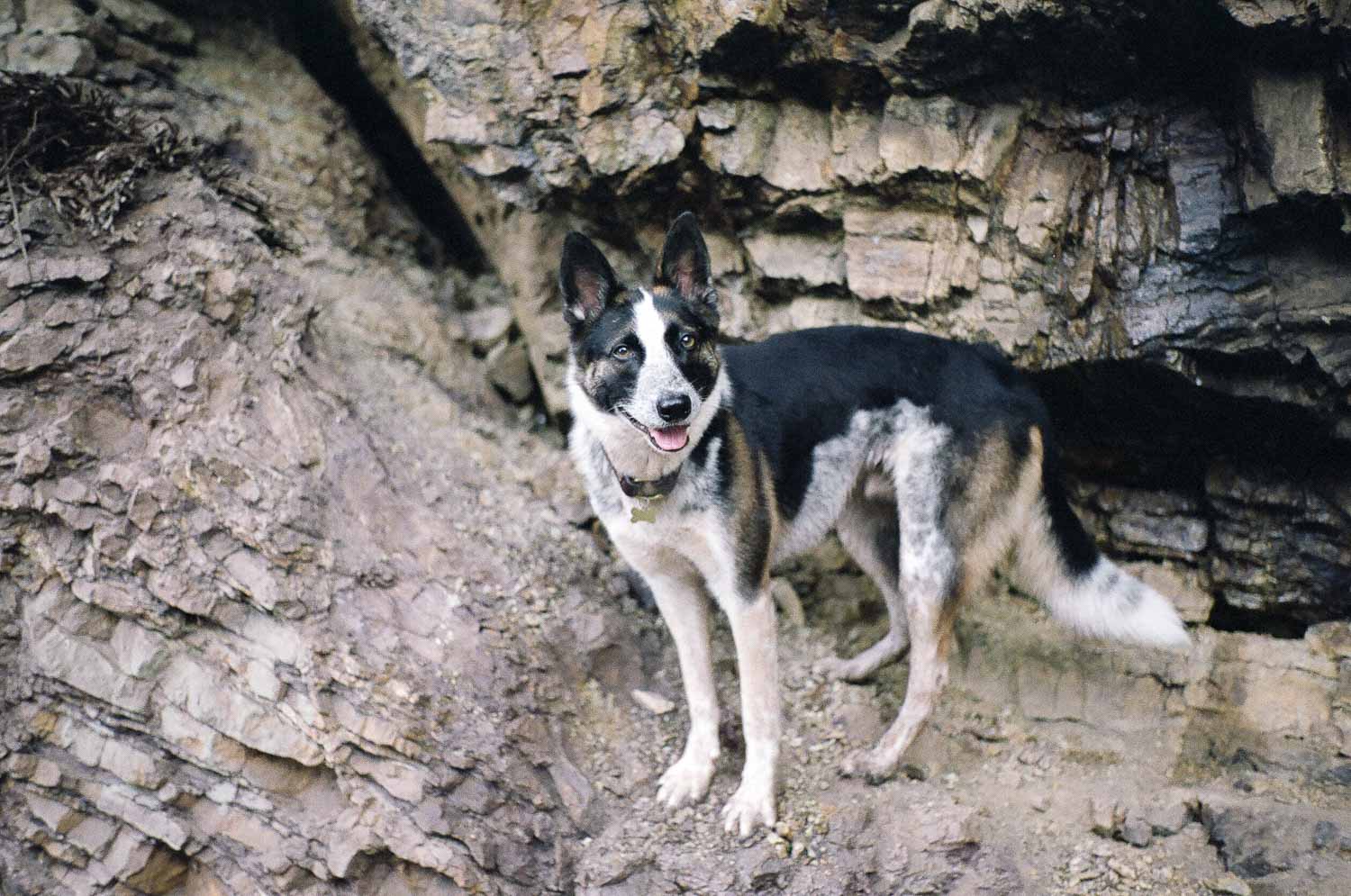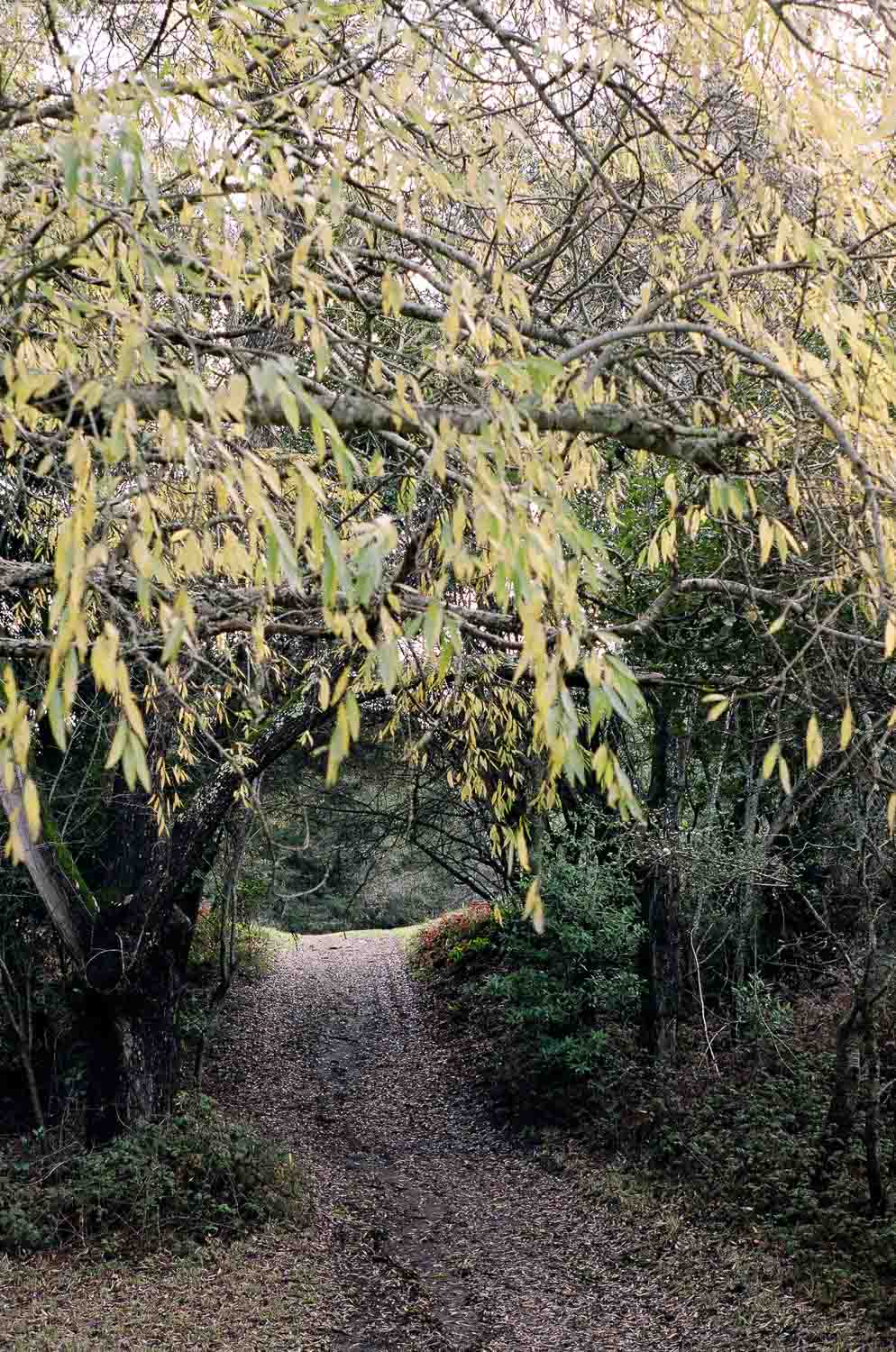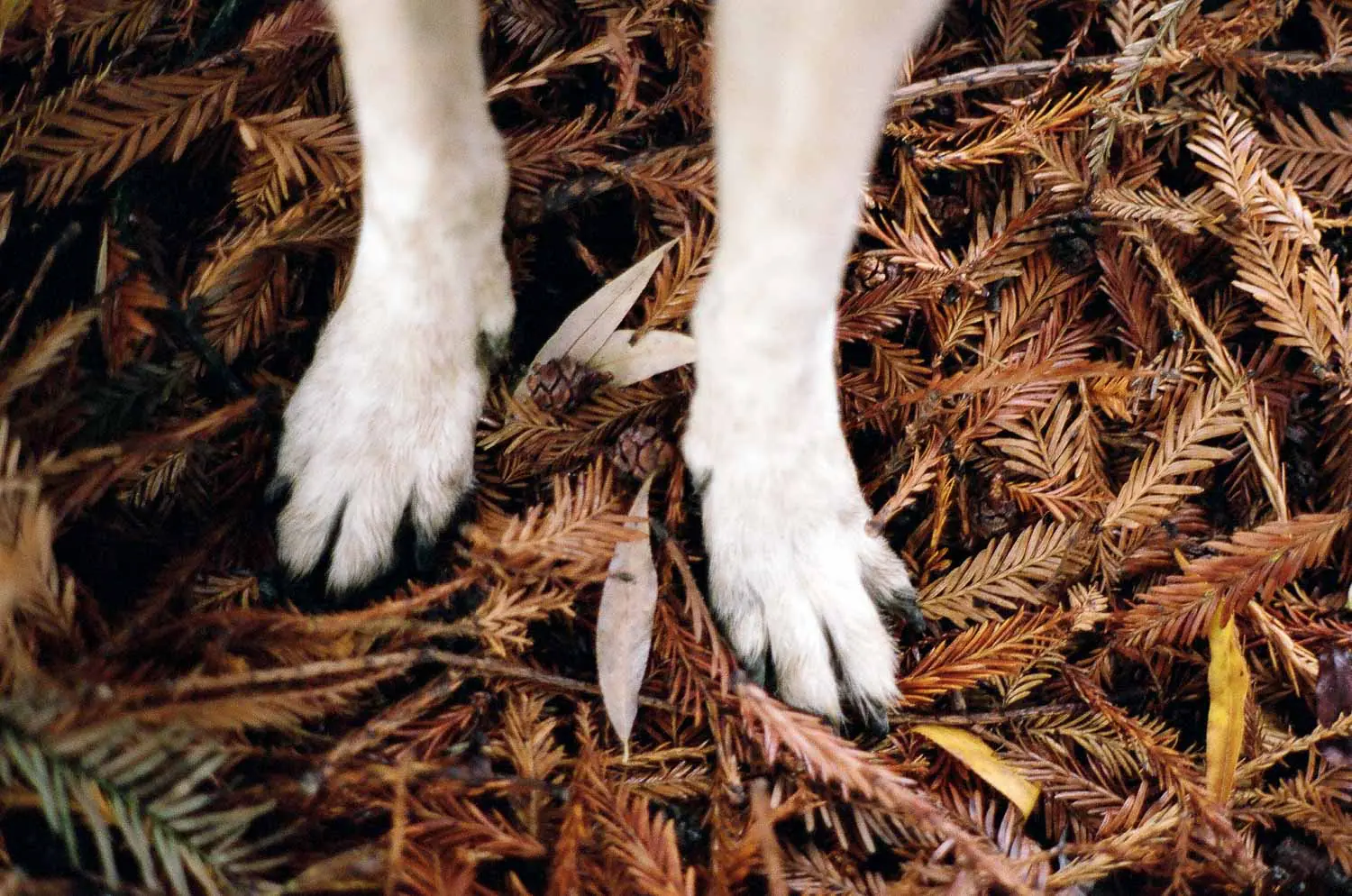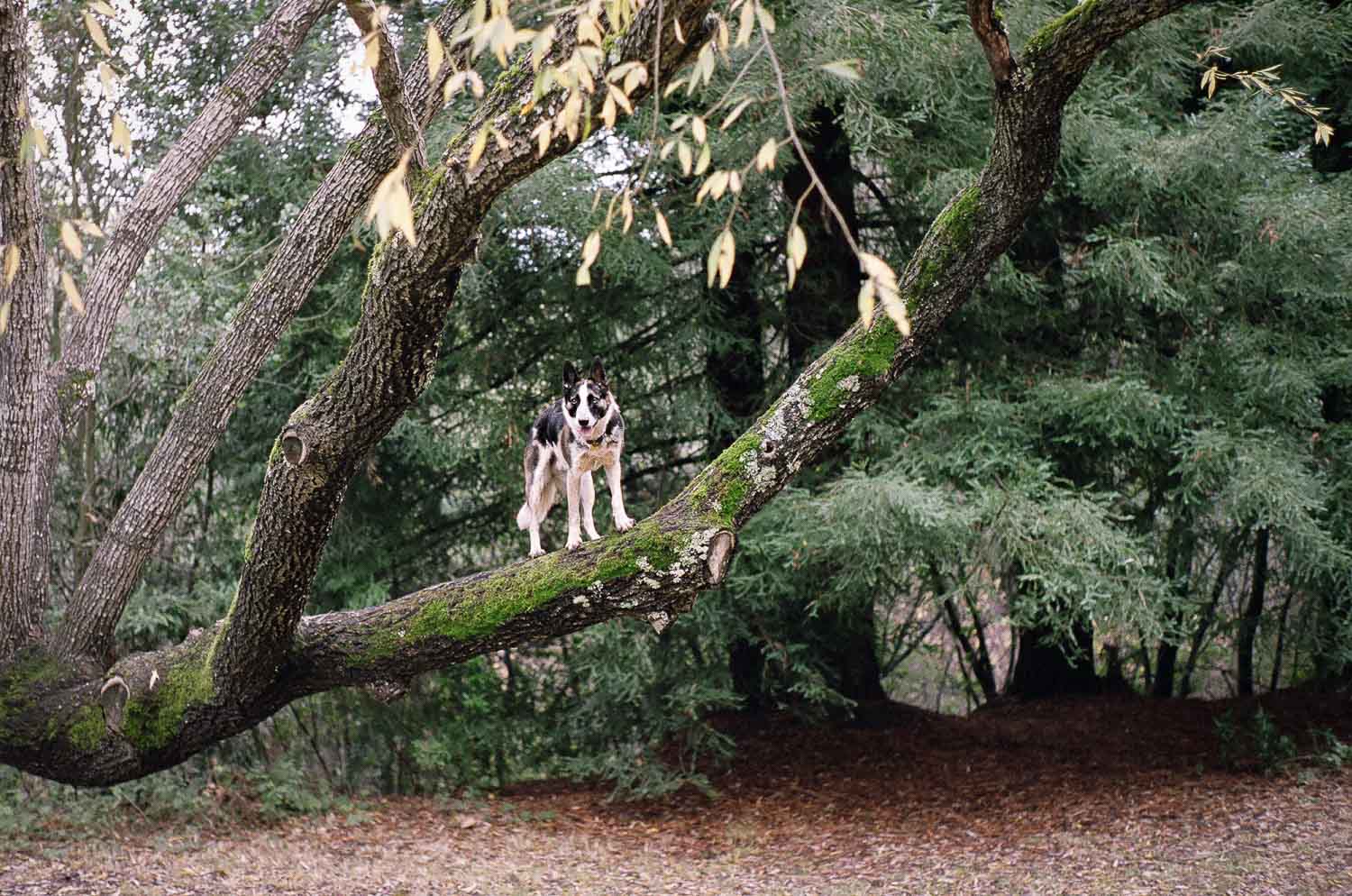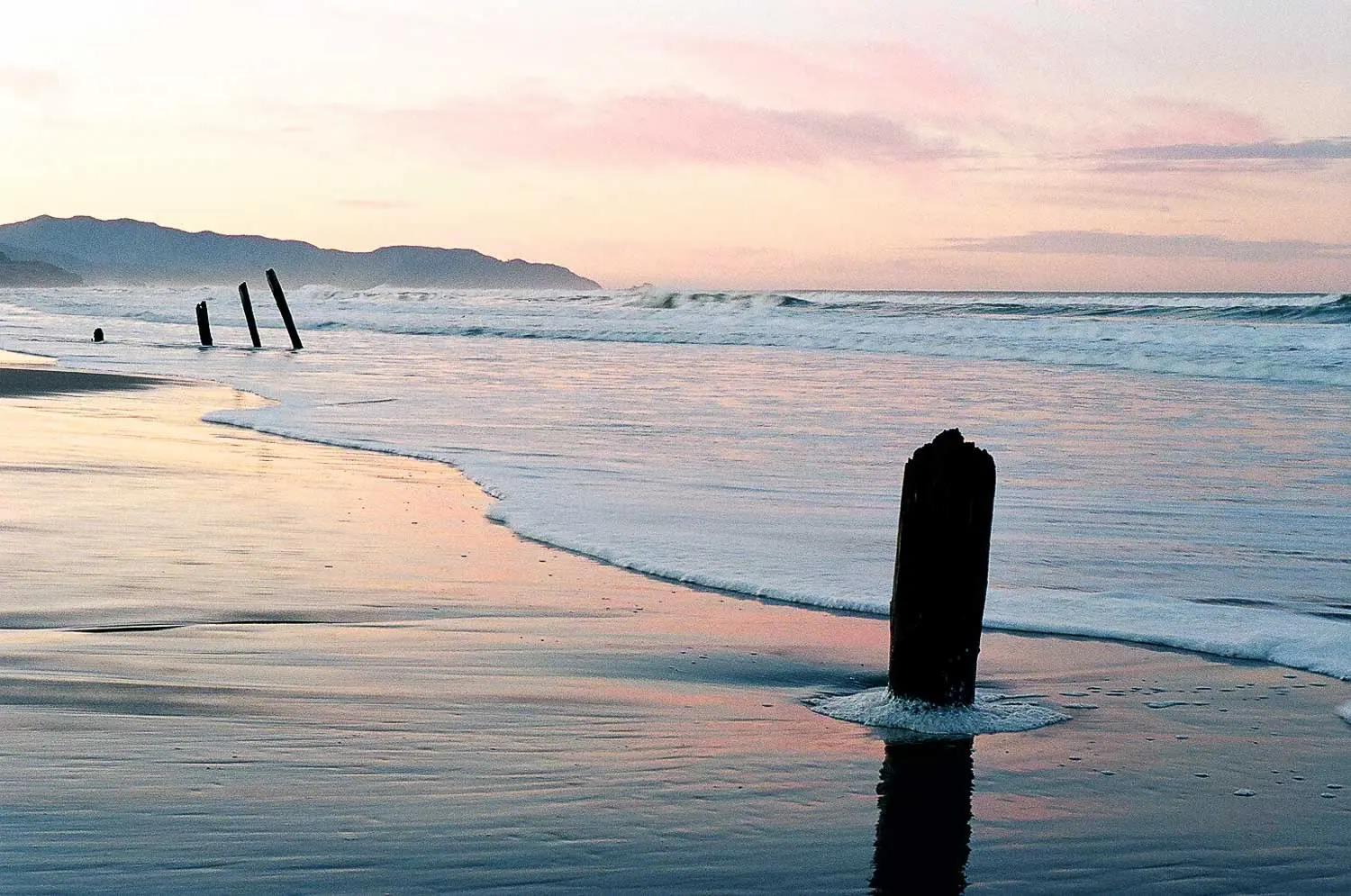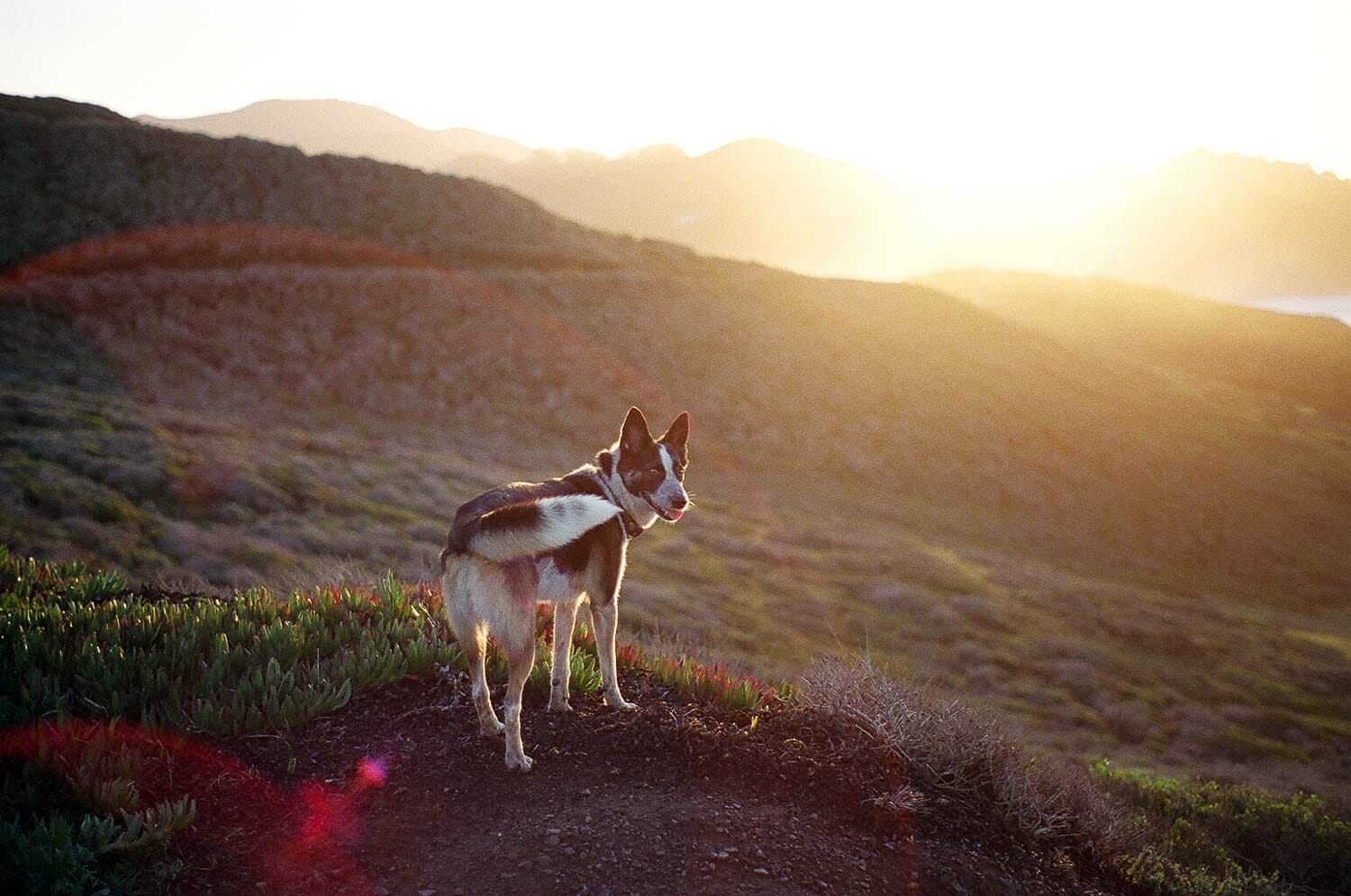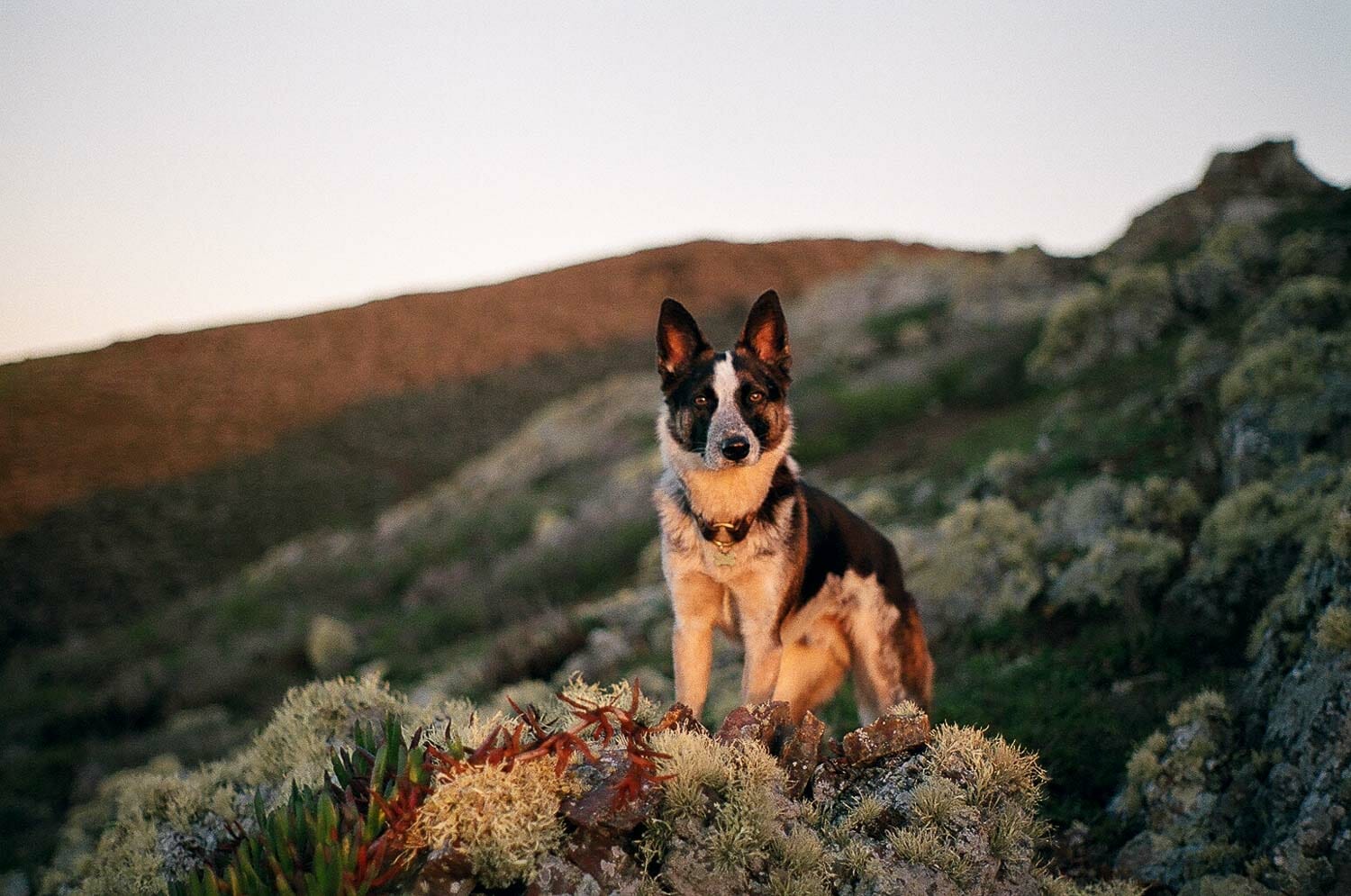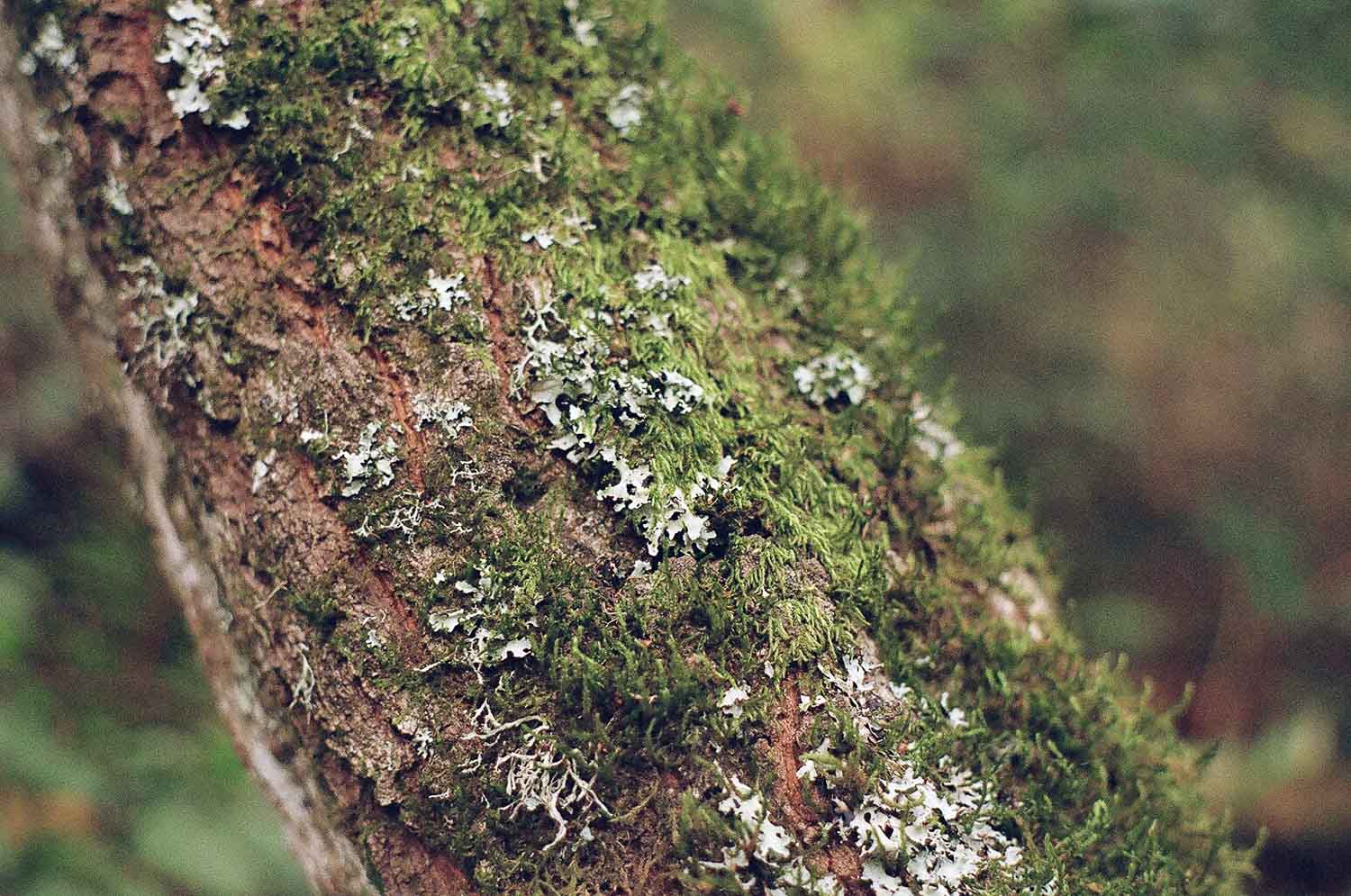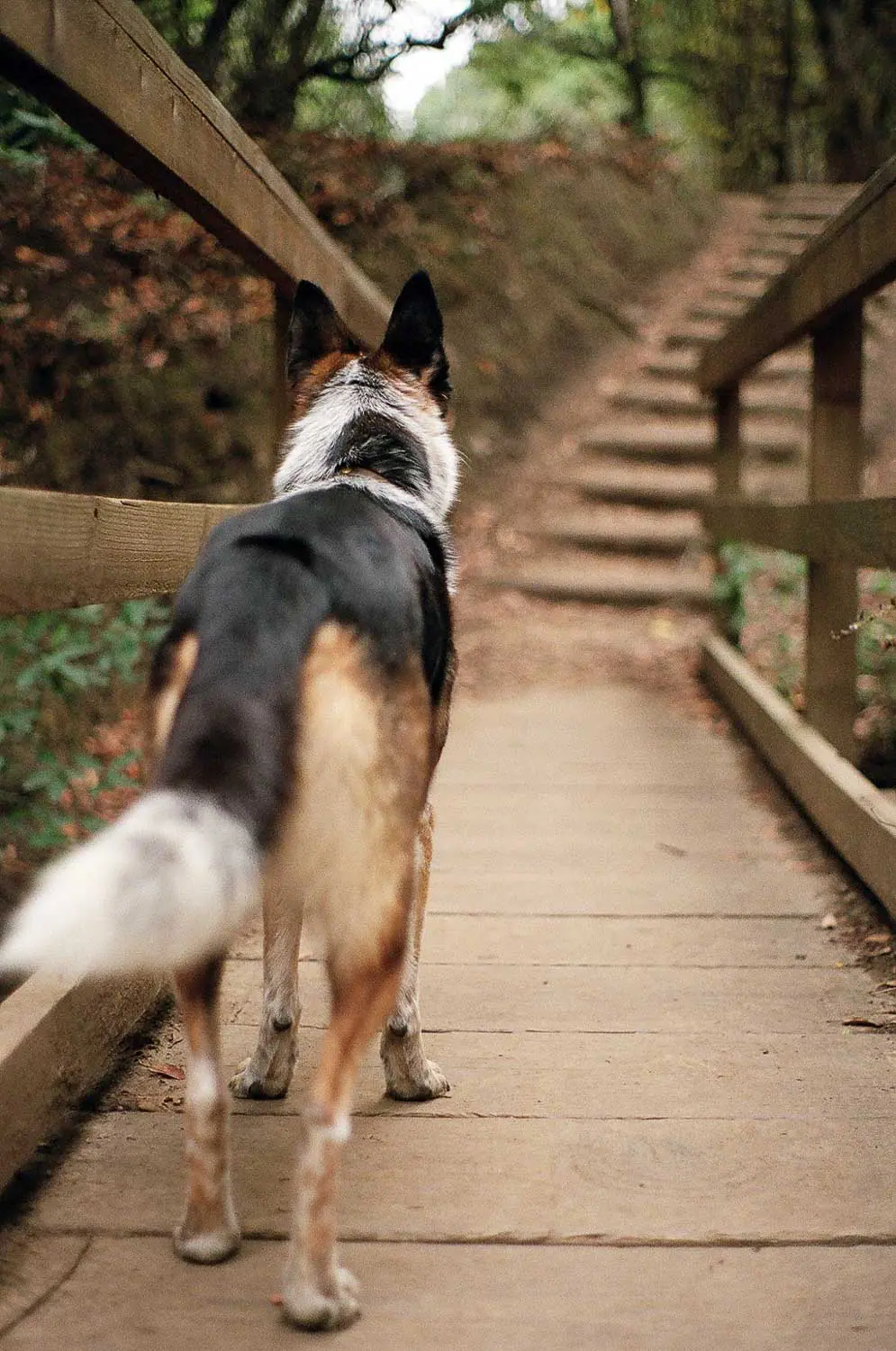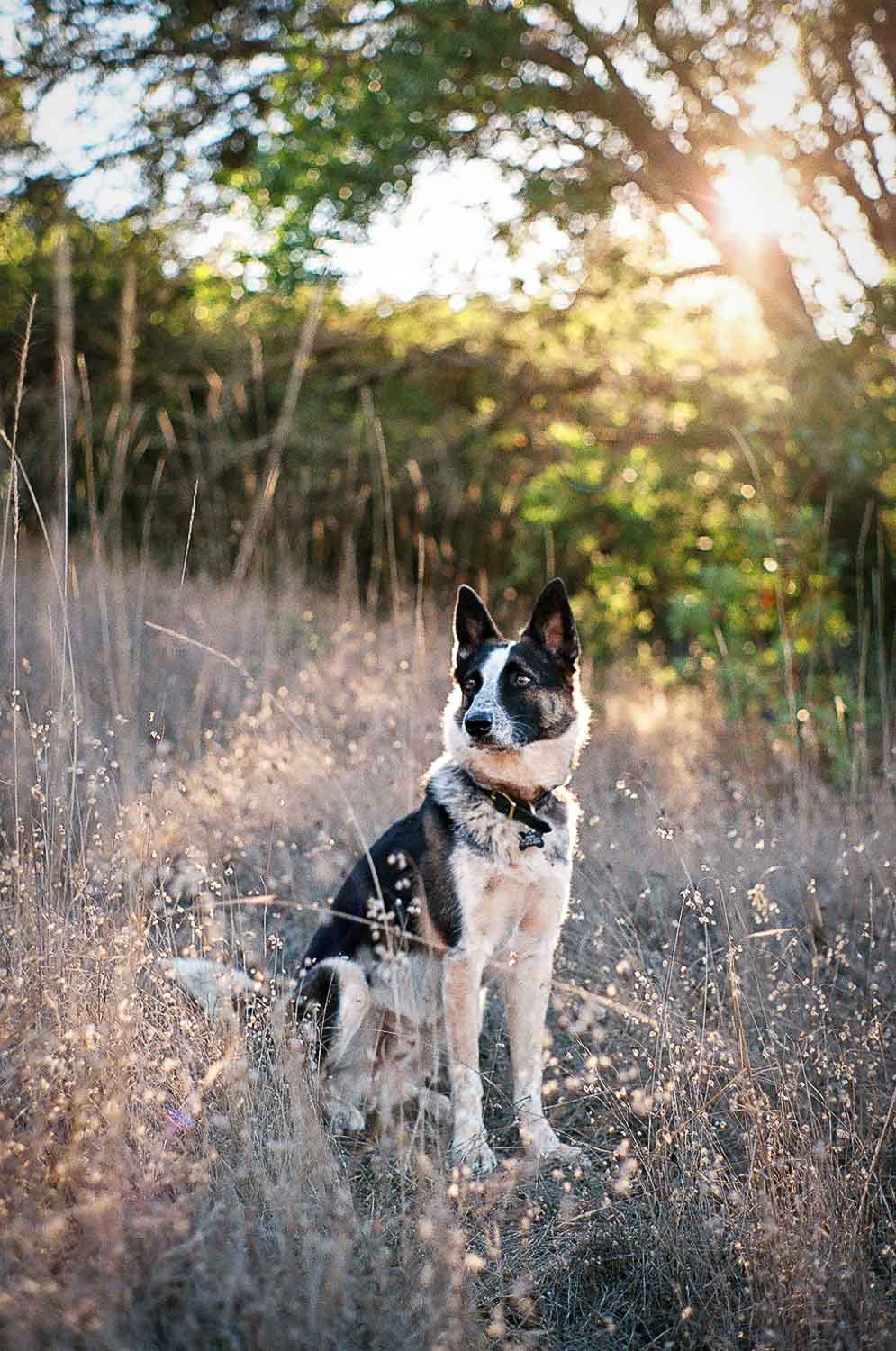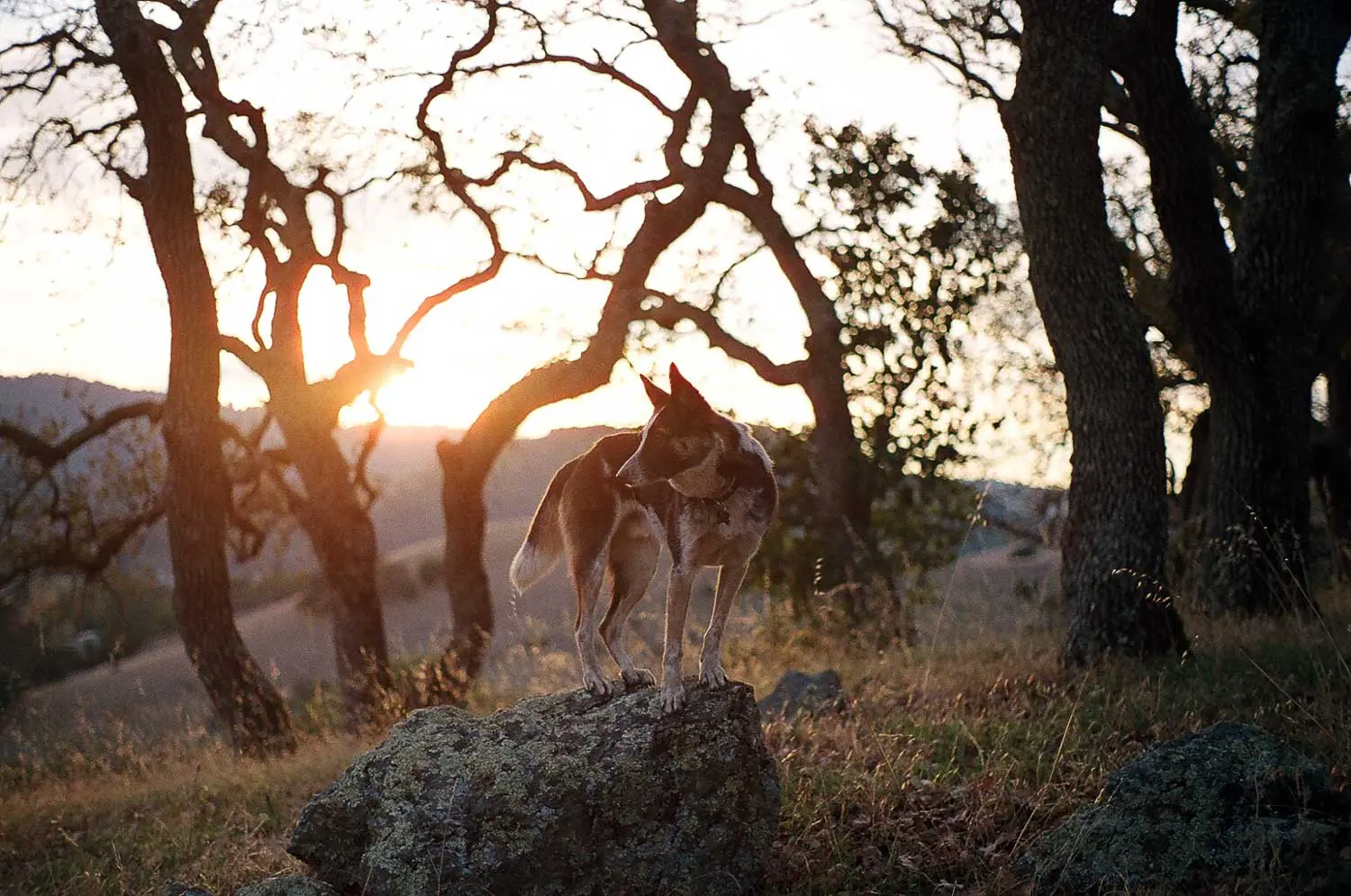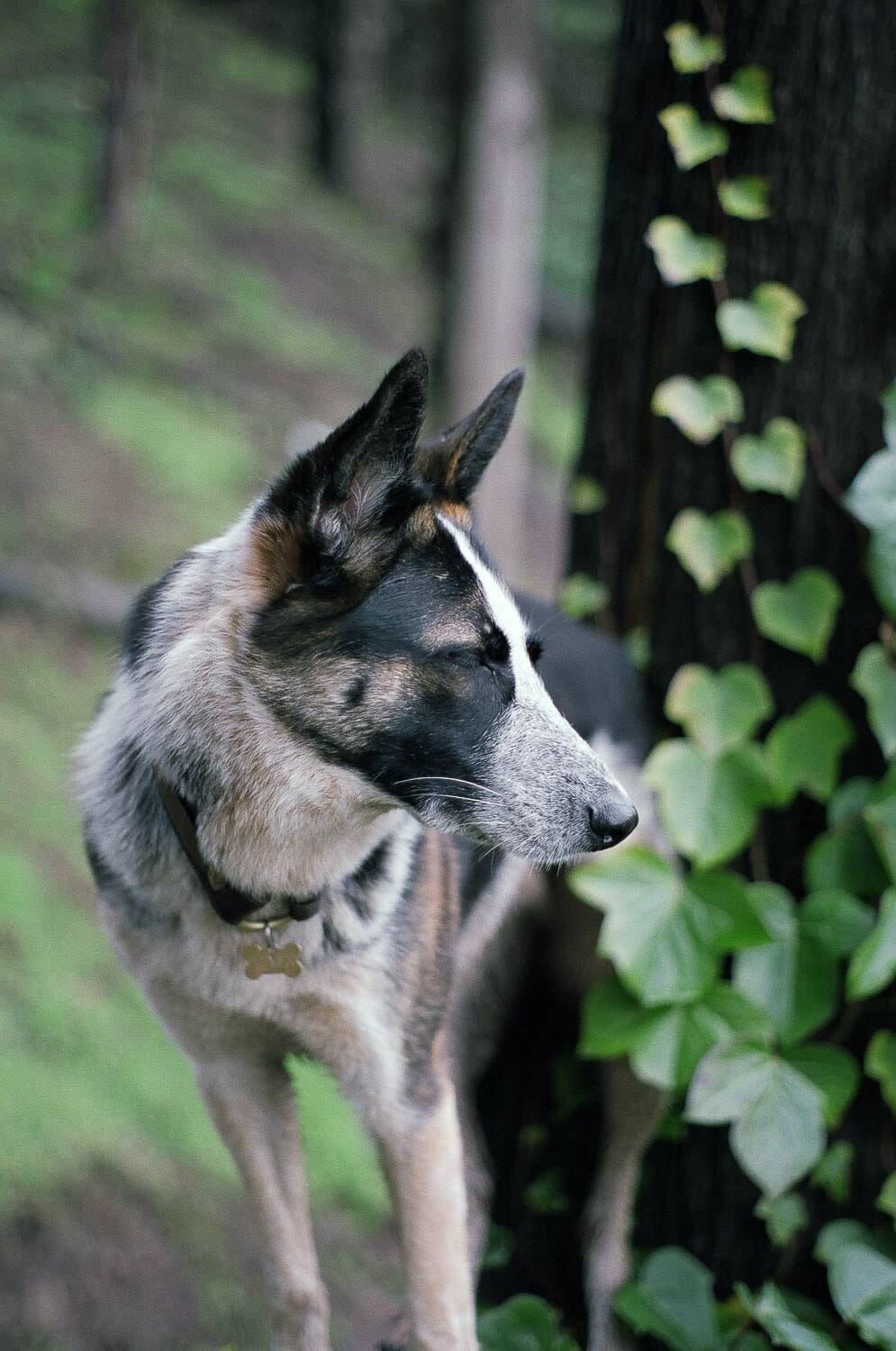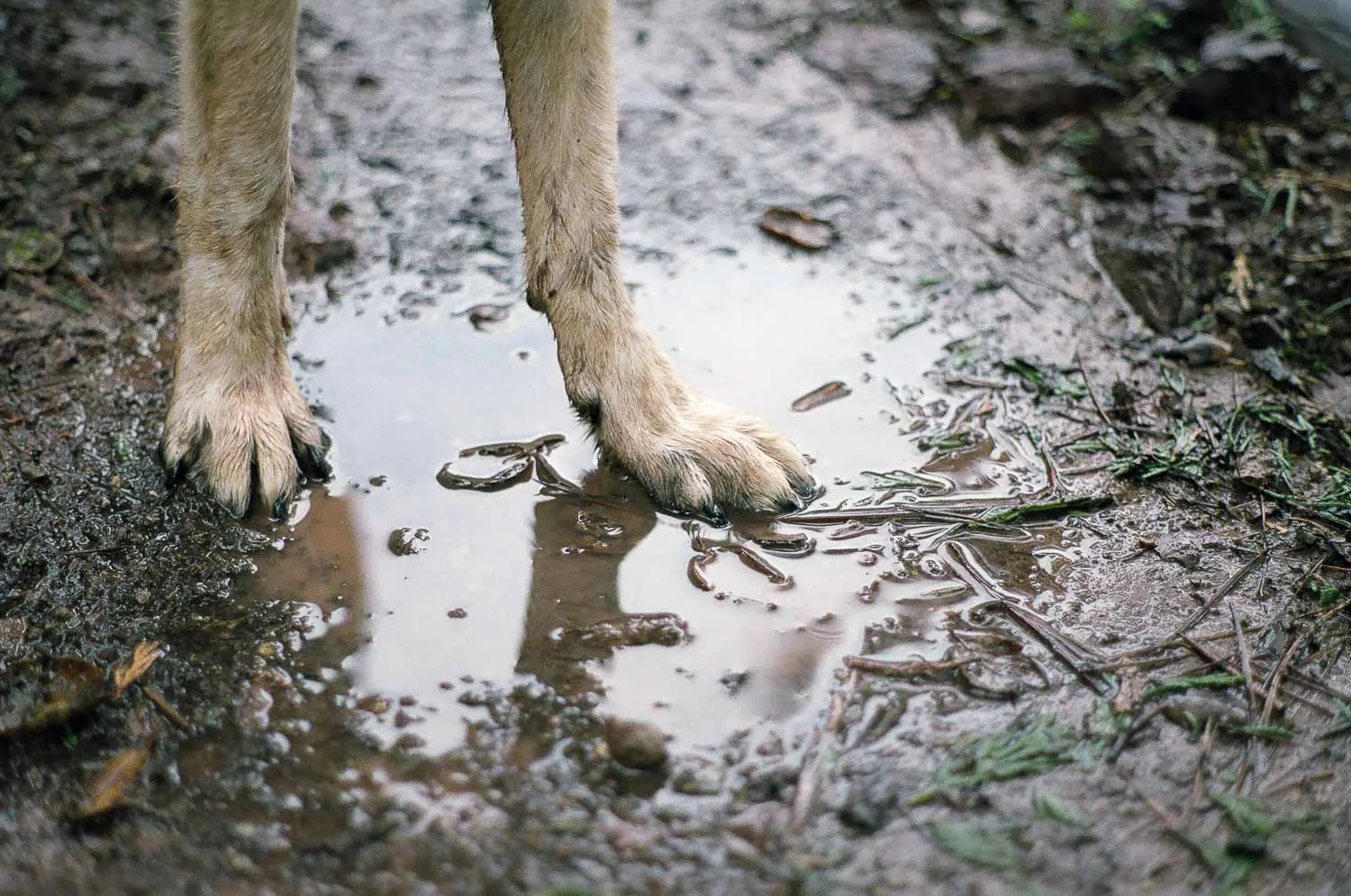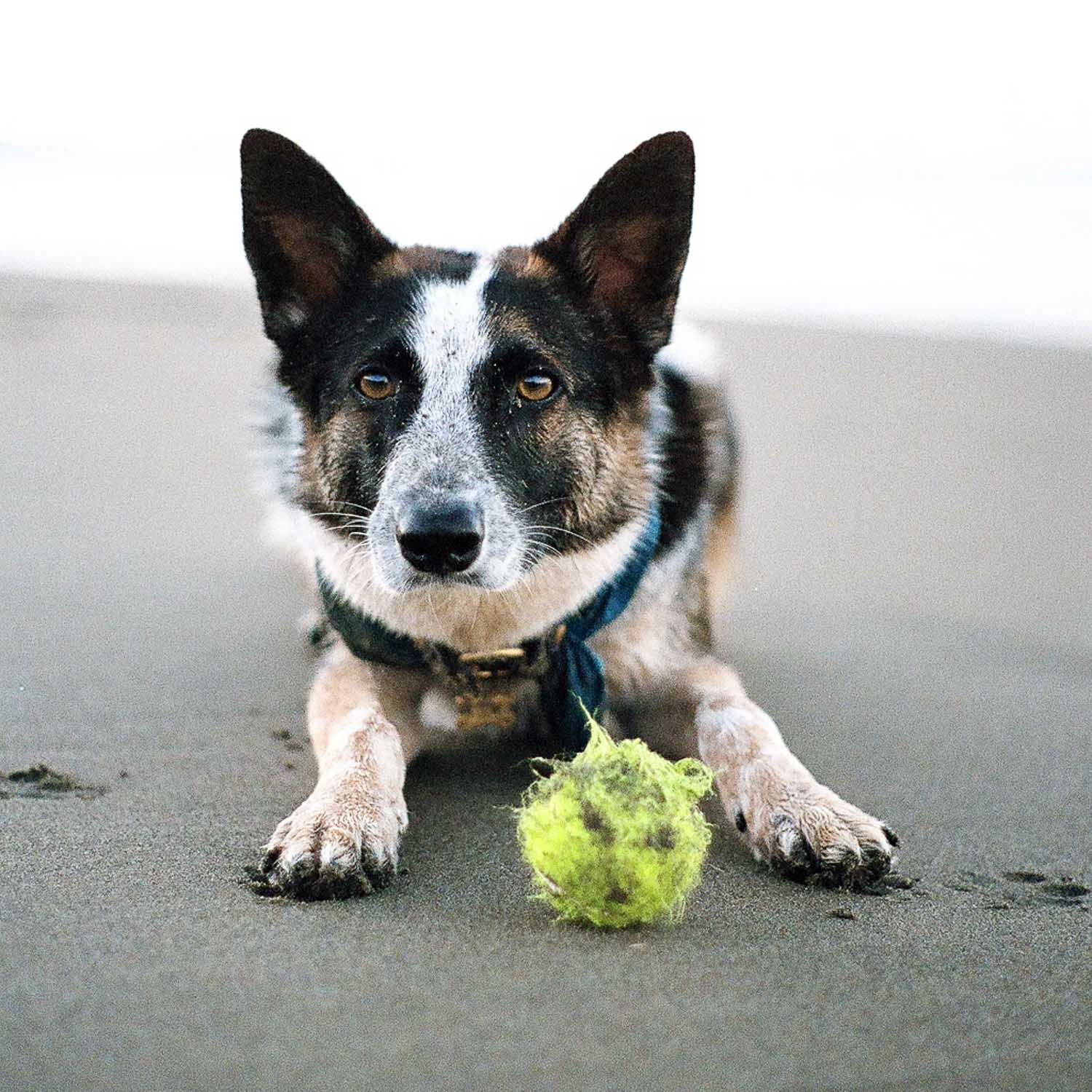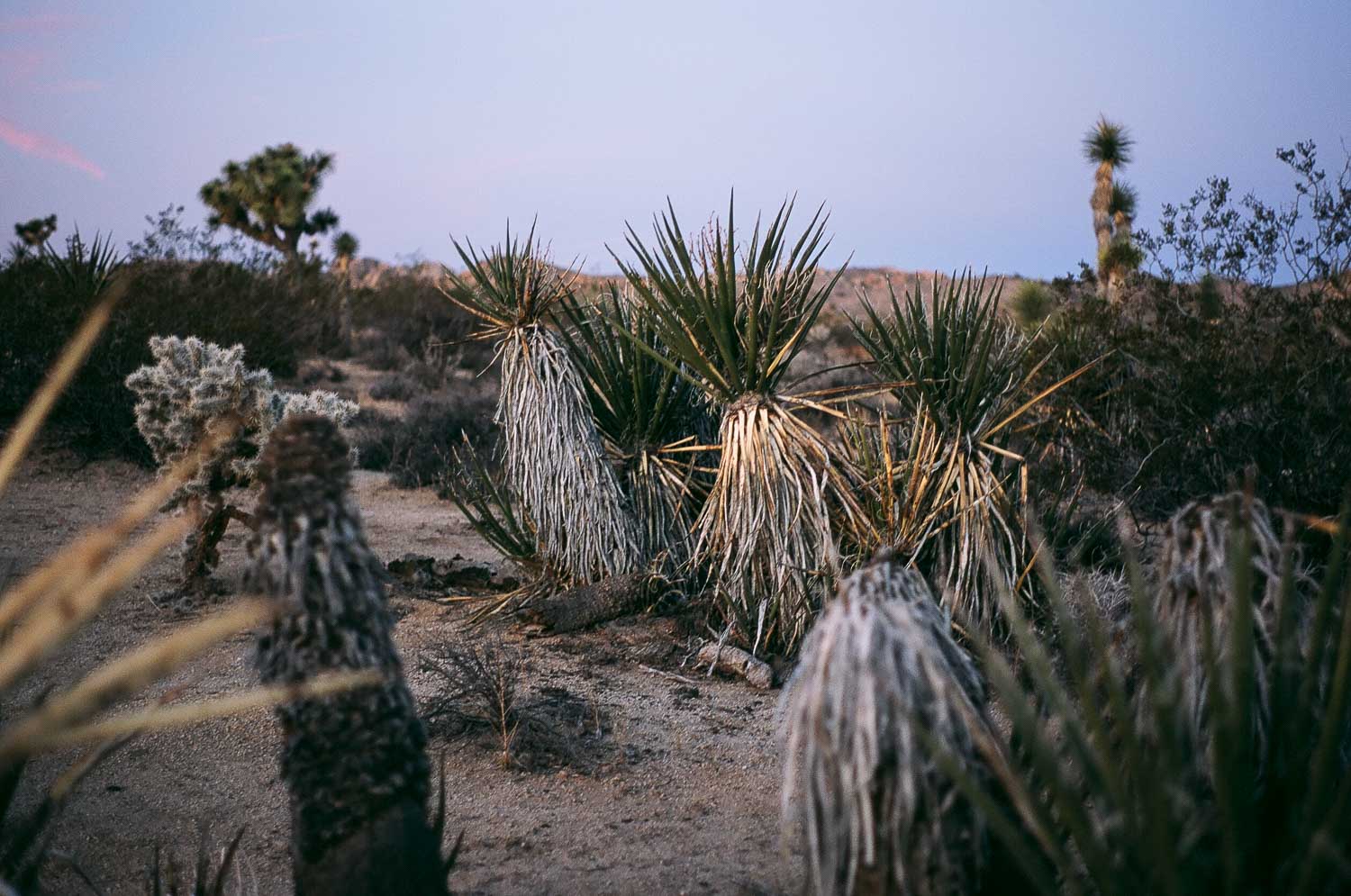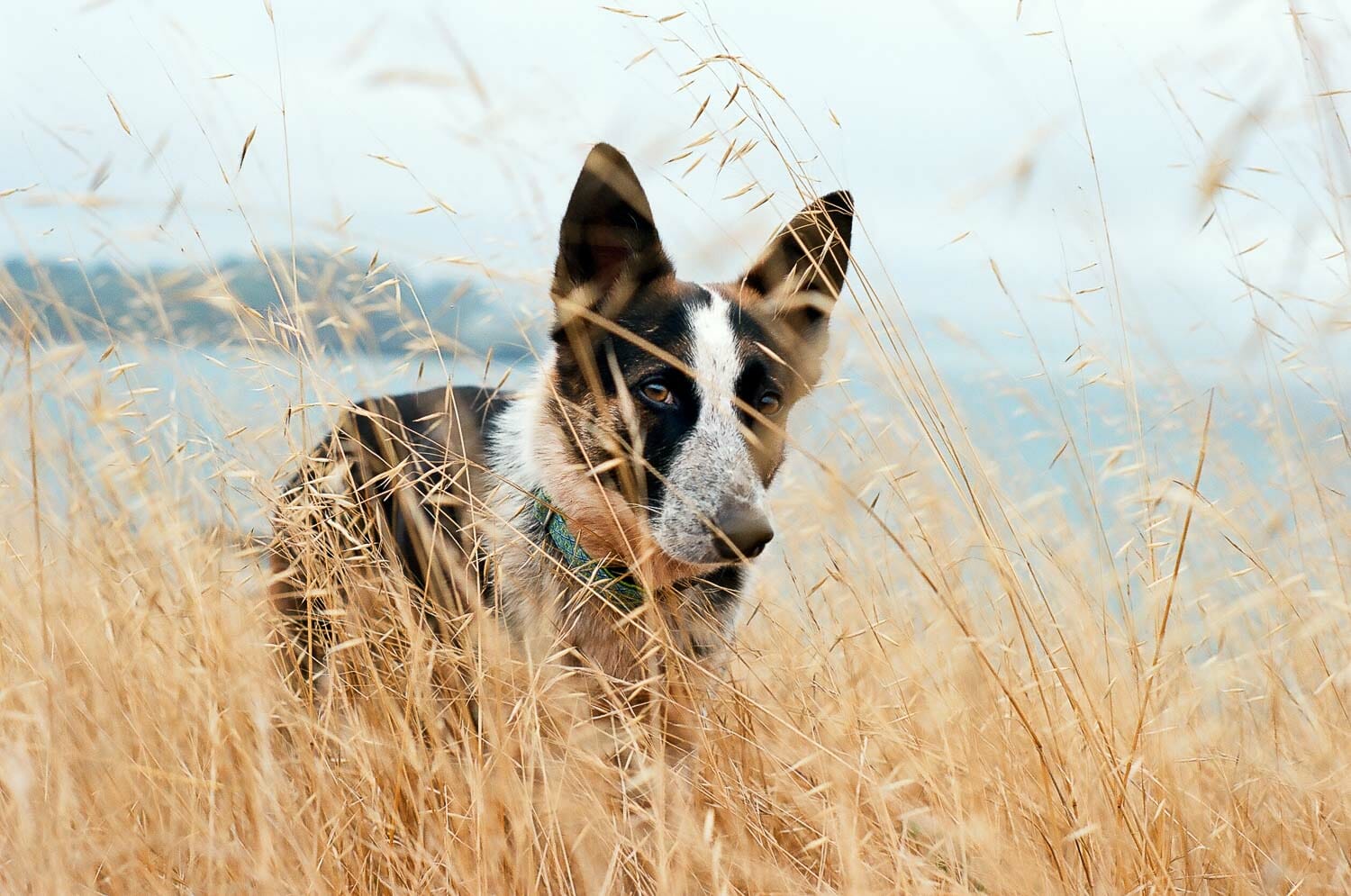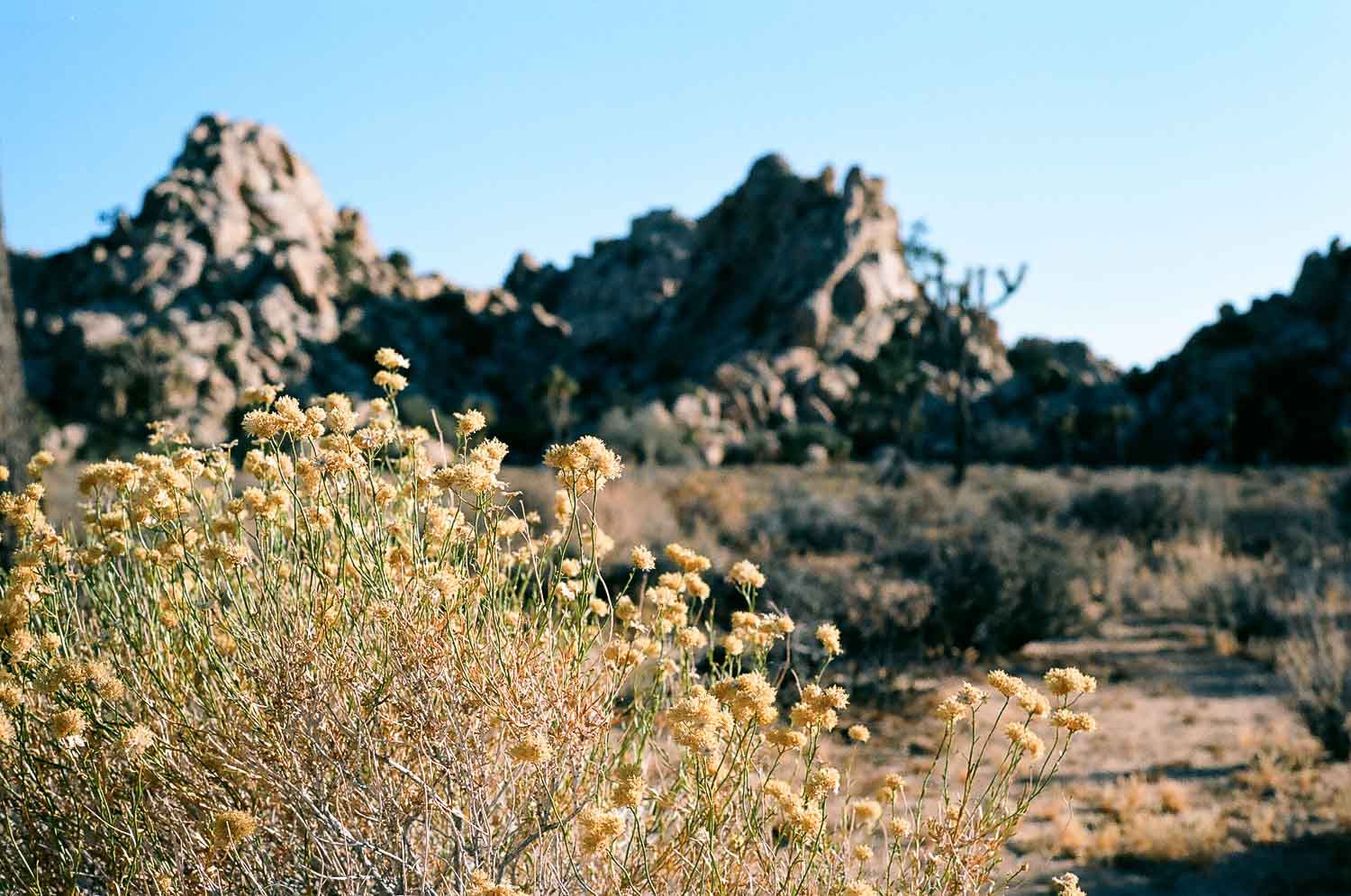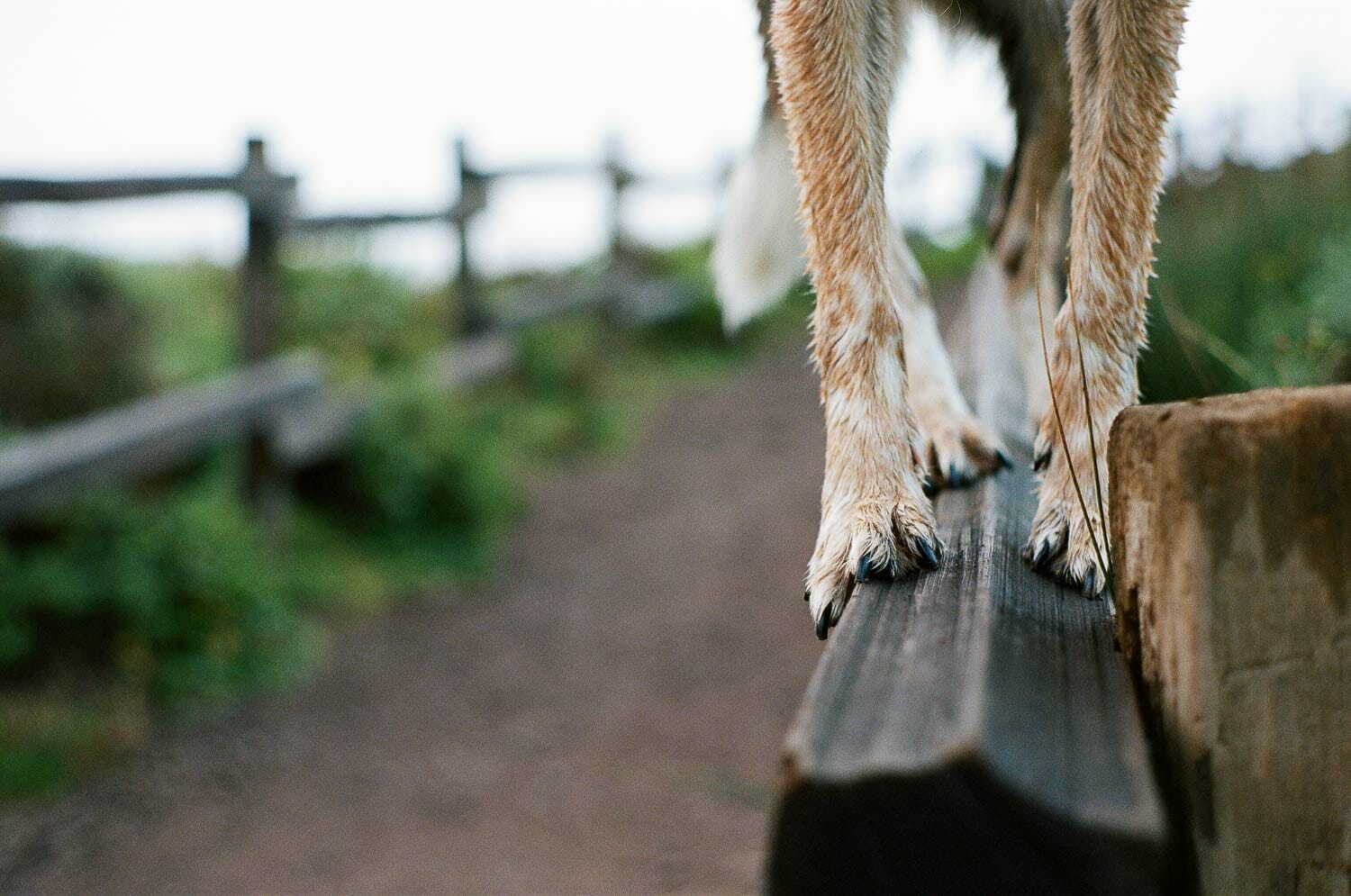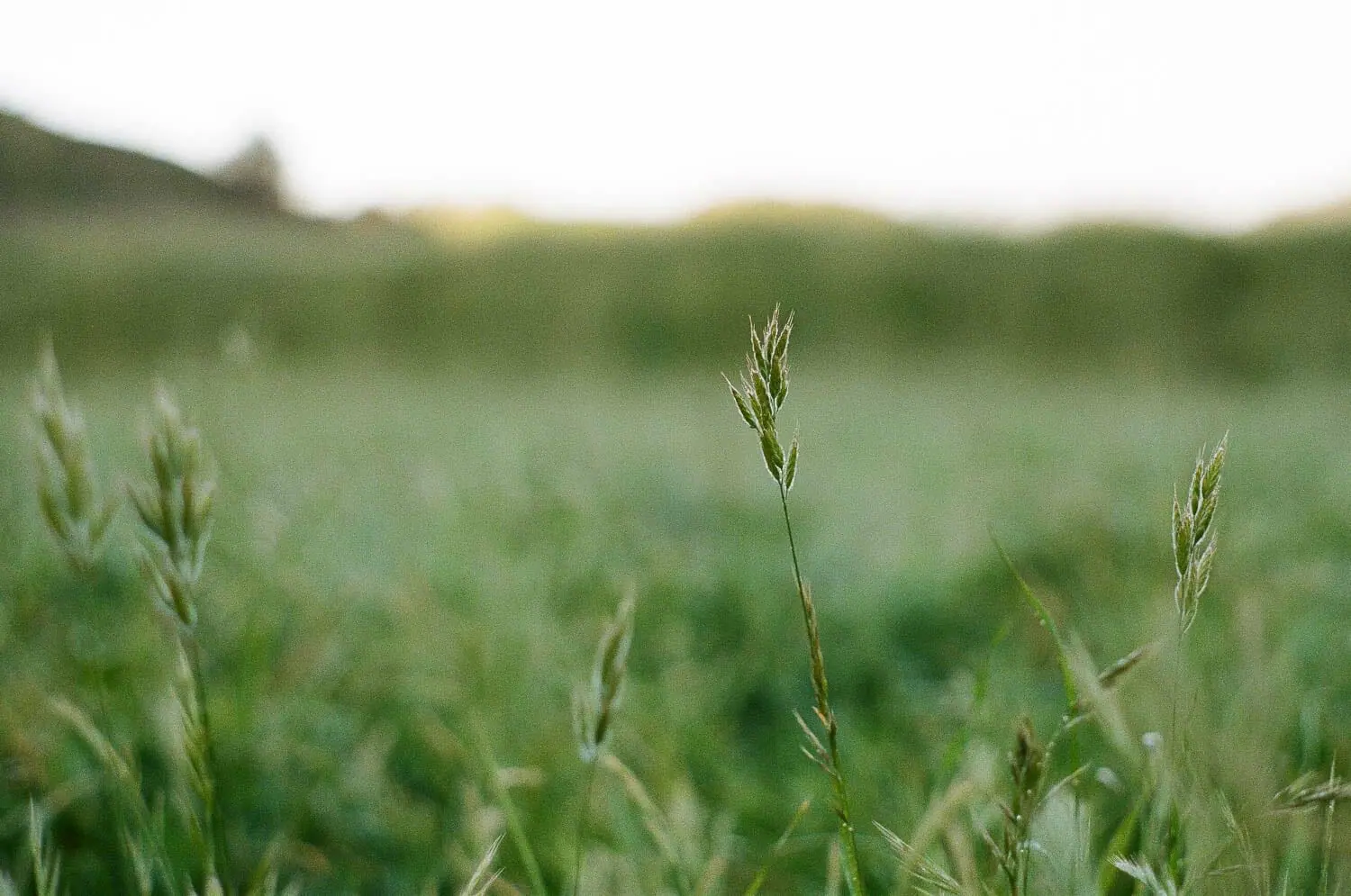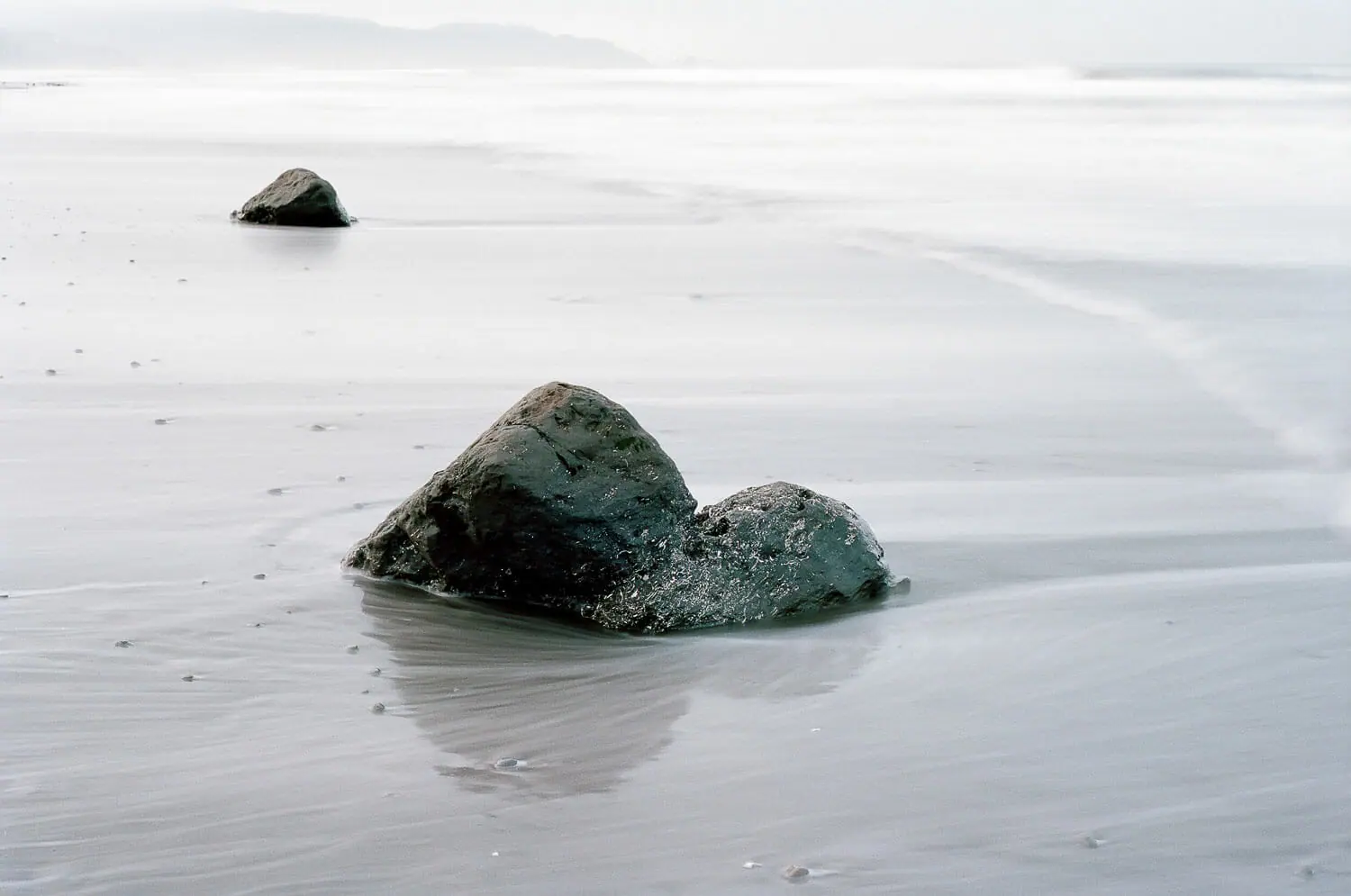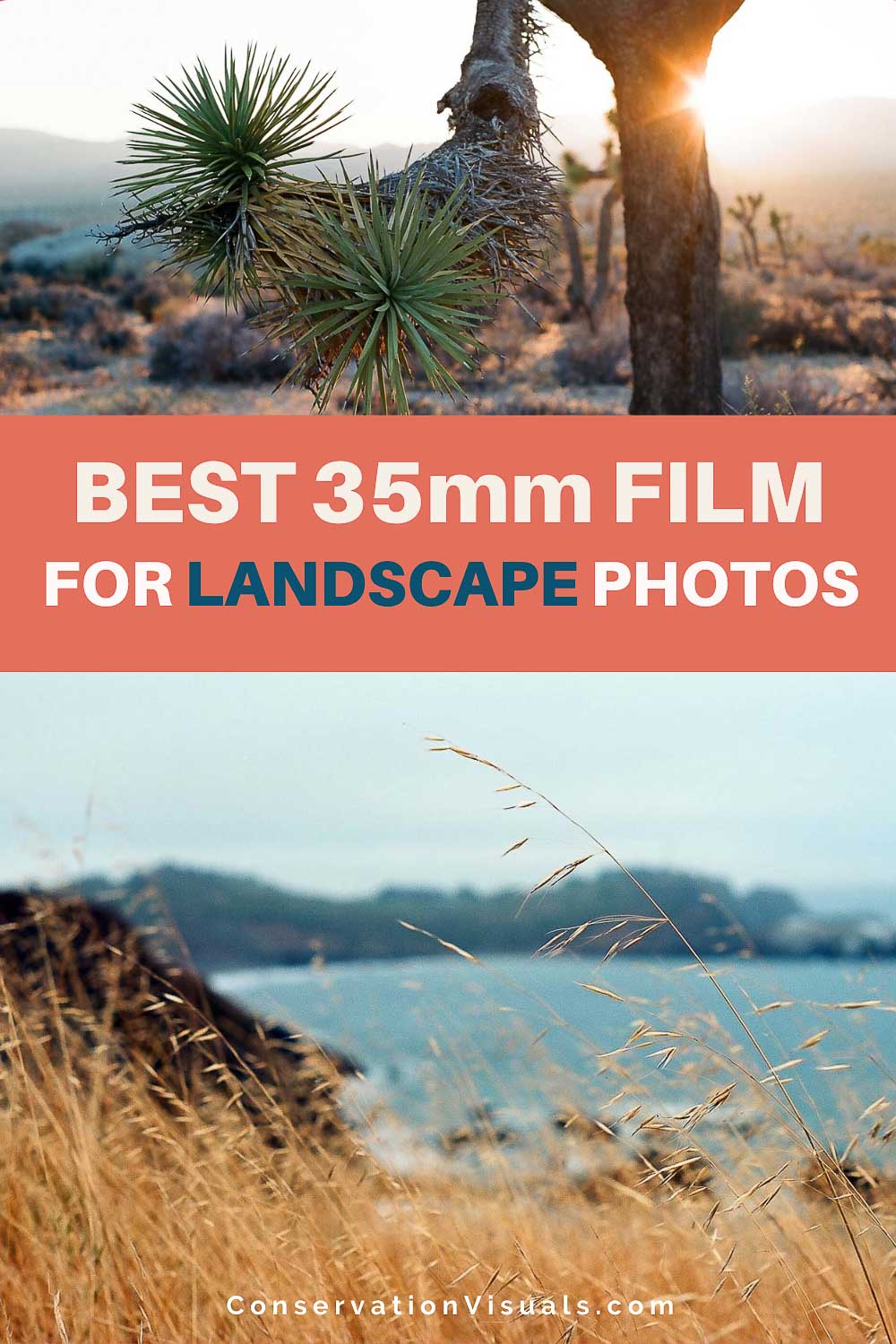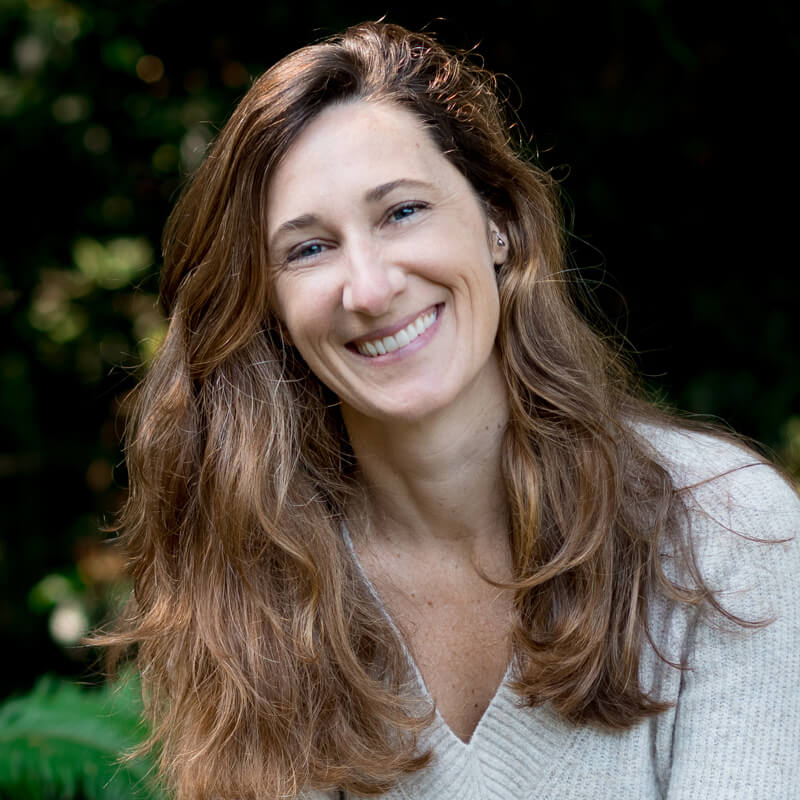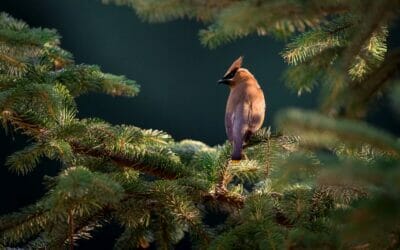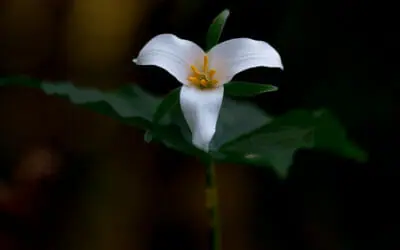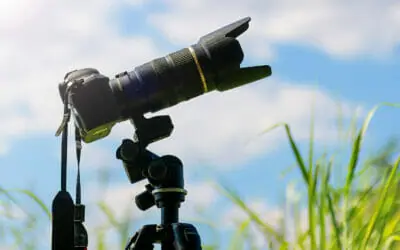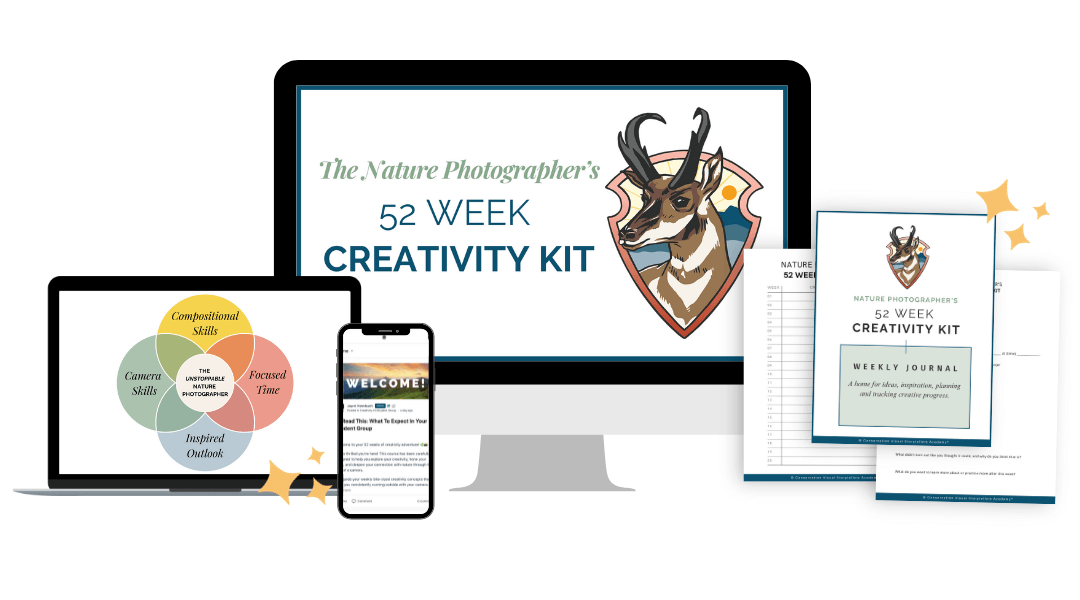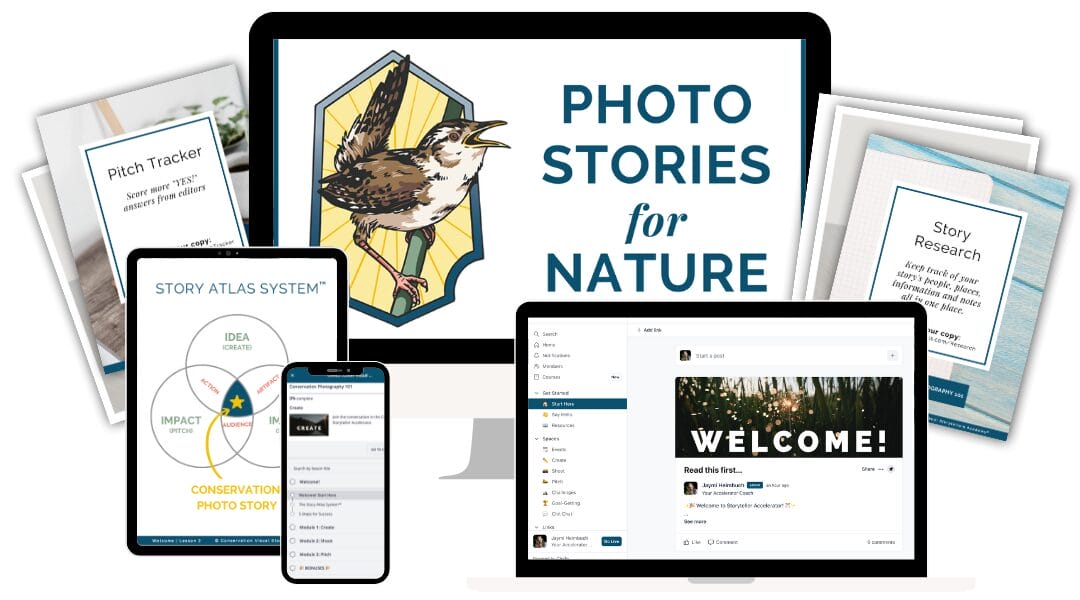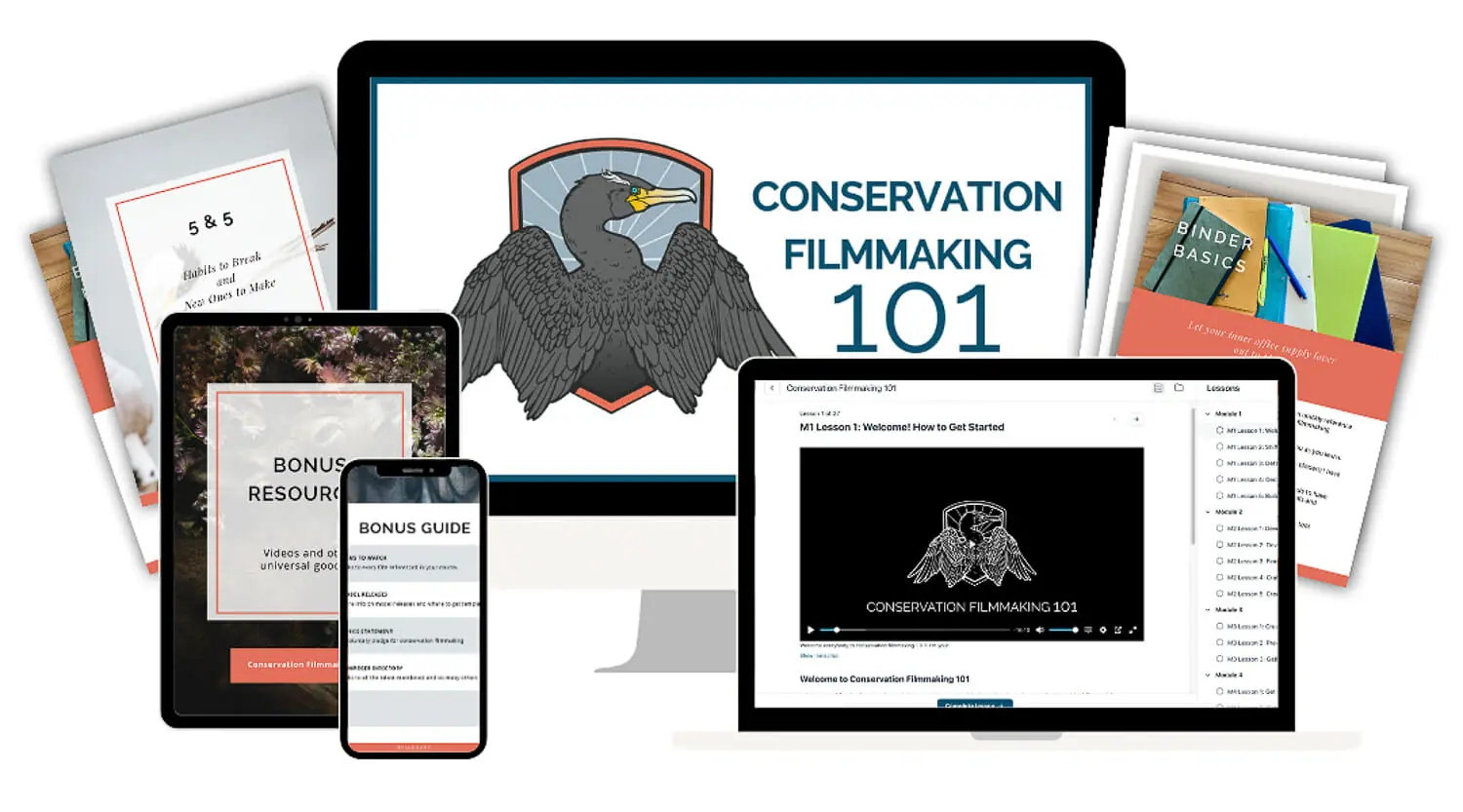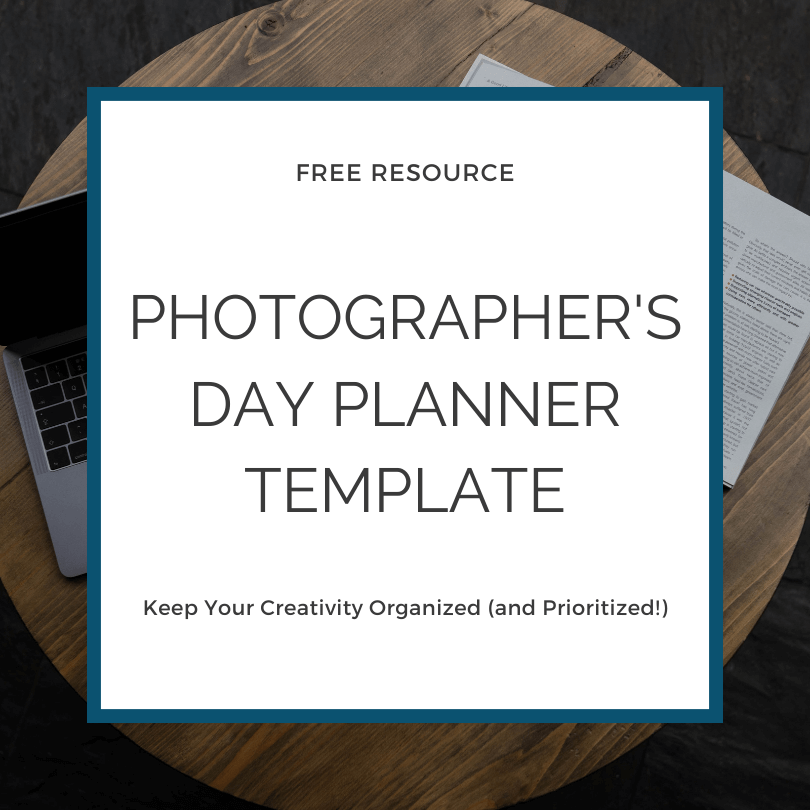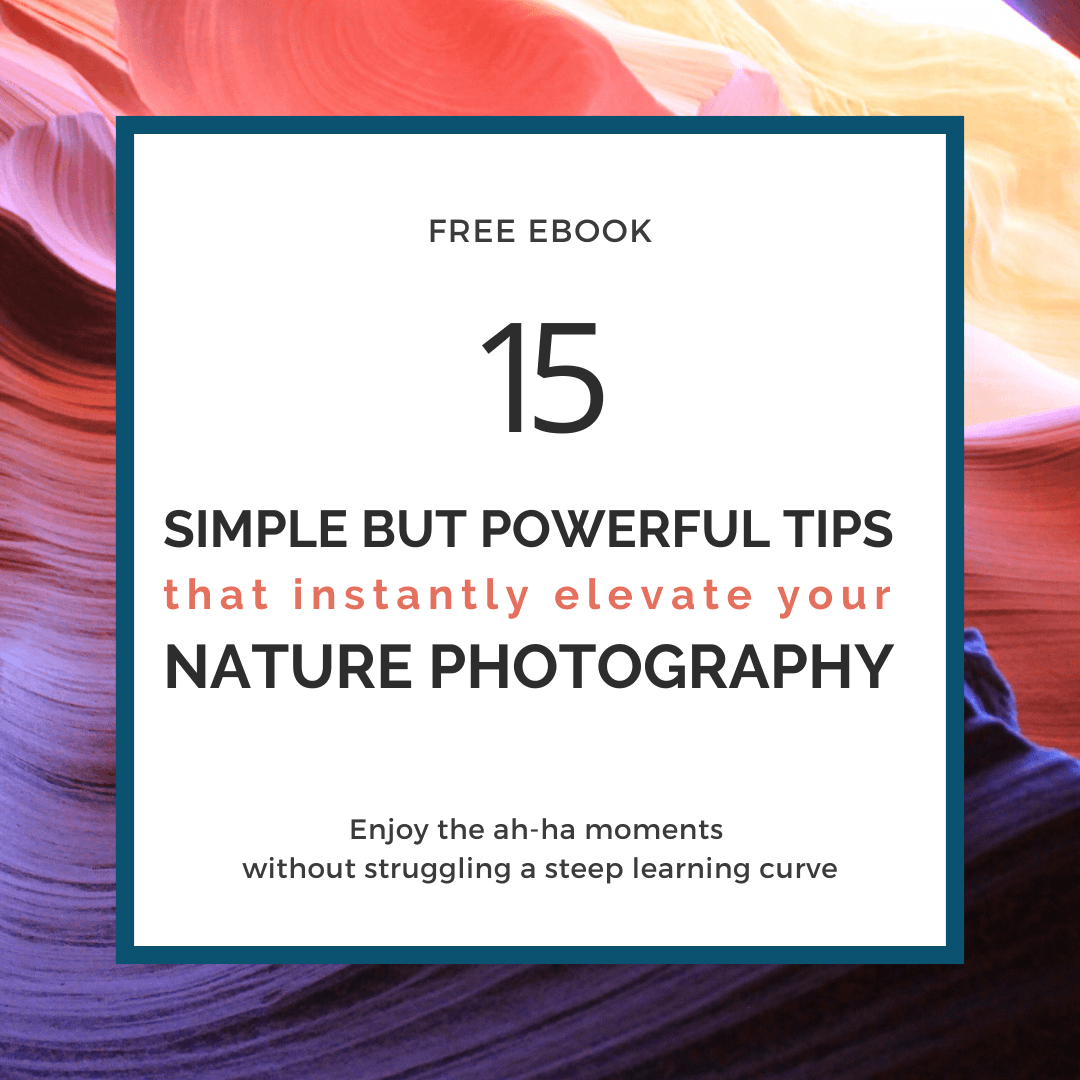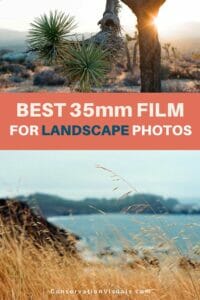Recently, I developed an itch for shooting film again. I haven't used 35mm film in about 10 years.
It's been a long time away. In fact, I sold my long-stashed-away Pentax MZ-7 and zoom lens in 2009 for about $50. I'm kicking myself for that now.
I'd figured a digital camera was the only thing in my future, and I'd never use 35mm film camera again so, clean it out of the closet. Should have known.
But not having that camera anymore gave me a chance to go back even farther in time as I searched through eBay listings for film cameras that would fill this creative void in my photography practice.
I'm now using a Pentax K1000 and a 50mm f/2 lens for the purely nostalgic reason that this is the very first camera and lens combo I ever used when I got serious about photography. It just feels good in my hands – the weight, the construction, the irresistible feel of the shutter button and the satisfying sound of the curtains sliding open and closed. It's a great camera. And it was only $100, which in the world of expensive photography equipment feels like pocket change. Score!
The only other gear I'm using is a tripod and a cable release. No piles of filters or various lens options. Just me, a camera and a pocket-full of rolls of 35mm color film.
It's a really fun (though expensive and humbling) side hobby to my focus in wildlife and conservation photography. And the first thing I needed to do in this little venture was discover which type of 35mm film I like best.
So I bought five different types recommended to me by various sources and started shooting.
All of the following is based on my experience of shooting 12 rolls of 35mm color film, trying to figure out what I like most, specifically the best film for landscape photography, but also what works for general outdoor photography.
Every image shown below is how I got it back from the lab – except the Provia, for which I deepened the blacks in Lightroom and also show some side-by-side color corrections.
This is all in the spirit of fun and experimentation, and, of course is entirely subjective. So, take it all with a grain of silver halide.
1. Kodak Ektar 100
After trying out four other film types, I can say with some certainty this one is easily a favorite. It's an excellent and versatile film.
It isn't finicky about exposure and has amazing dynamic range. It handles contrast well, captures shadows and highlights without issue, the colors are wonderfully saturated without going overboard. This is just an easy-going, beautiful film (and I love things that are easy-going and beautiful).
Kodak Ektar 100 is particularly adored by landscape photographers for good reason. It has a reputation for producing sharp images with rich color saturation – and that's exactly what I experienced with it.
The film's impressive dynamic range captures elements of light and shade, which gives depth and dimension to my landscape photos that I just love.
While it's not an impressively affordable film, it's still on the less expensive end of what I tried out, so that adds another tick in the “pros” column.
2. Kodak Portra 160
I had a notion that I would really love Portra 160 for sunrises and my first roll proved my hunch was right.
This film is about as easy-going as the Ektar in terms of happily capturing highlights and shadows and being forgiving when slightly under- or overexposed.
The difference is it has softer colors. Because I'm a big fan of rich colors, Ektar beats out Portra 160 for me, but only by a nose.
The Portra 160 film stock still shines in low light conditions like early morning blue hour, or capturing the warm tones of later golden hours.
Even though I know the look of grain is one of the appeals of film, I still quite like the beautifully fine grain of Portra 160.
There's enough gain there for a touch of nostalgia without losing the sharp detail you still want in a landscape image.
Recommended: Check out our reviews of the best camera lenses for landscape photography and the best digital cameras for landscape photography.
3. Fujifilm Provia 100F
It doesn't handle contrasty scenes very well, so doesn't easily work for shooting into the light without needing graduated filters. It also leans toward blue tones, so a warming filter or color corrections of the scan are often needed.
It does work pretty well if shooting toward the west at sunrise or east at sunset. When the light is more even, it seems to really shine.
Another thing is with slide film, you have to be quite careful about your exposure.
If you over-expose, your highlights are shot. If you underexpose, goodbye shadow detail.
It is much too expensive both for the film and for processing costs for me to risk getting exposure wrong over and over again.
So, while Provia is gorgeous, I've nixed it as an option for me for now. But I do love what it does with clouds.
Here are a couple examples of the film's blue color cast.
The original scan is on the left, and the image color-corrected to be more accurate to the scene is on the right.
In the first example, I took a few frames of the ocean because I loved the pink light that was happening on the water at sunrise. But the film basically thumbed its nose at the pinks.
And in the second example, the lichen I photographed is a very pale white-green color.
The film picked it up with far more blue-green than it really has. A warming filter would probably have fixed this in camera. But I'm filter-free.
I will probably come back to Provia in the future when I have more experience and can do what the film wants, rather than tangling in an (expensive) fight with it.

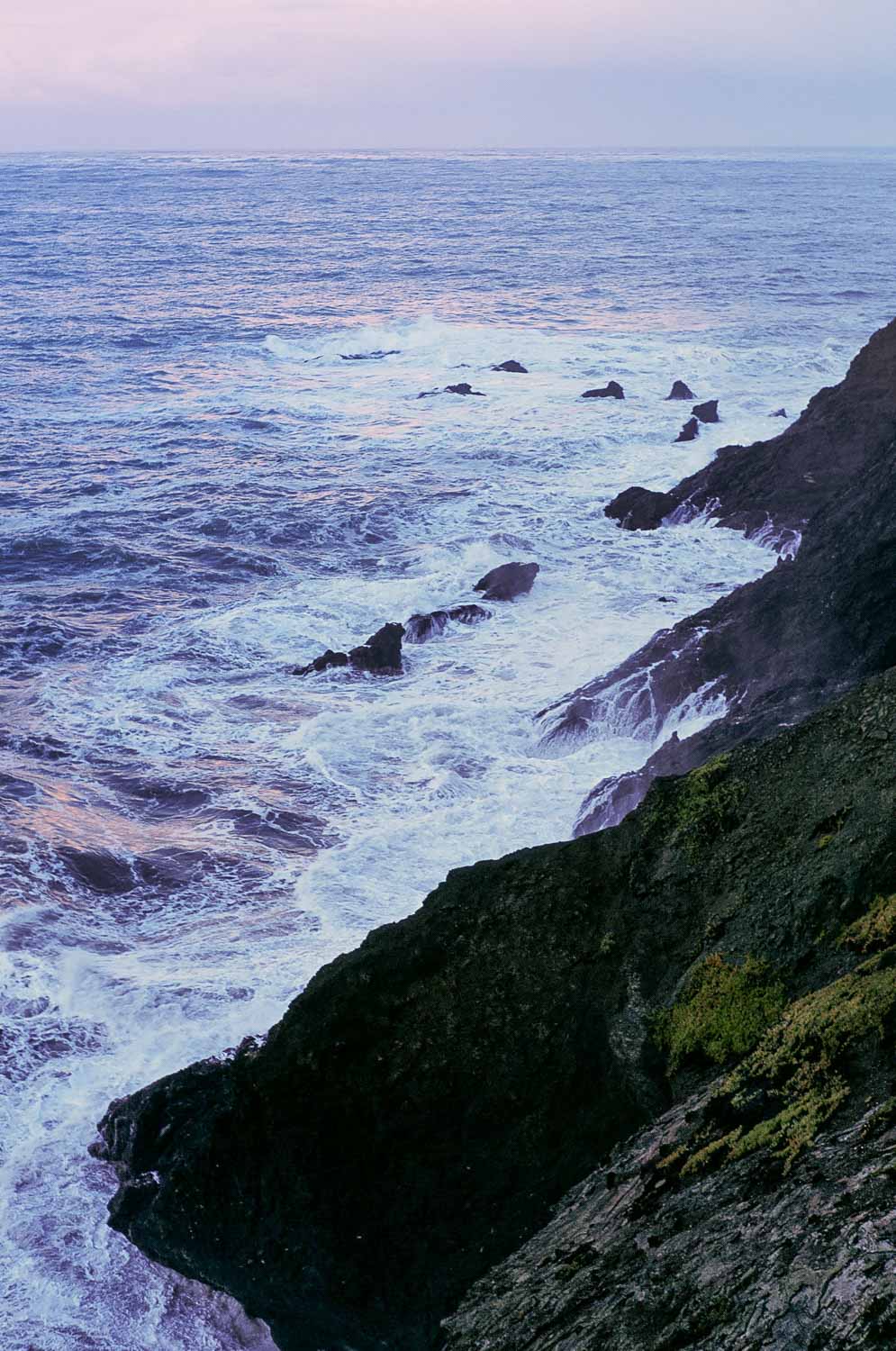
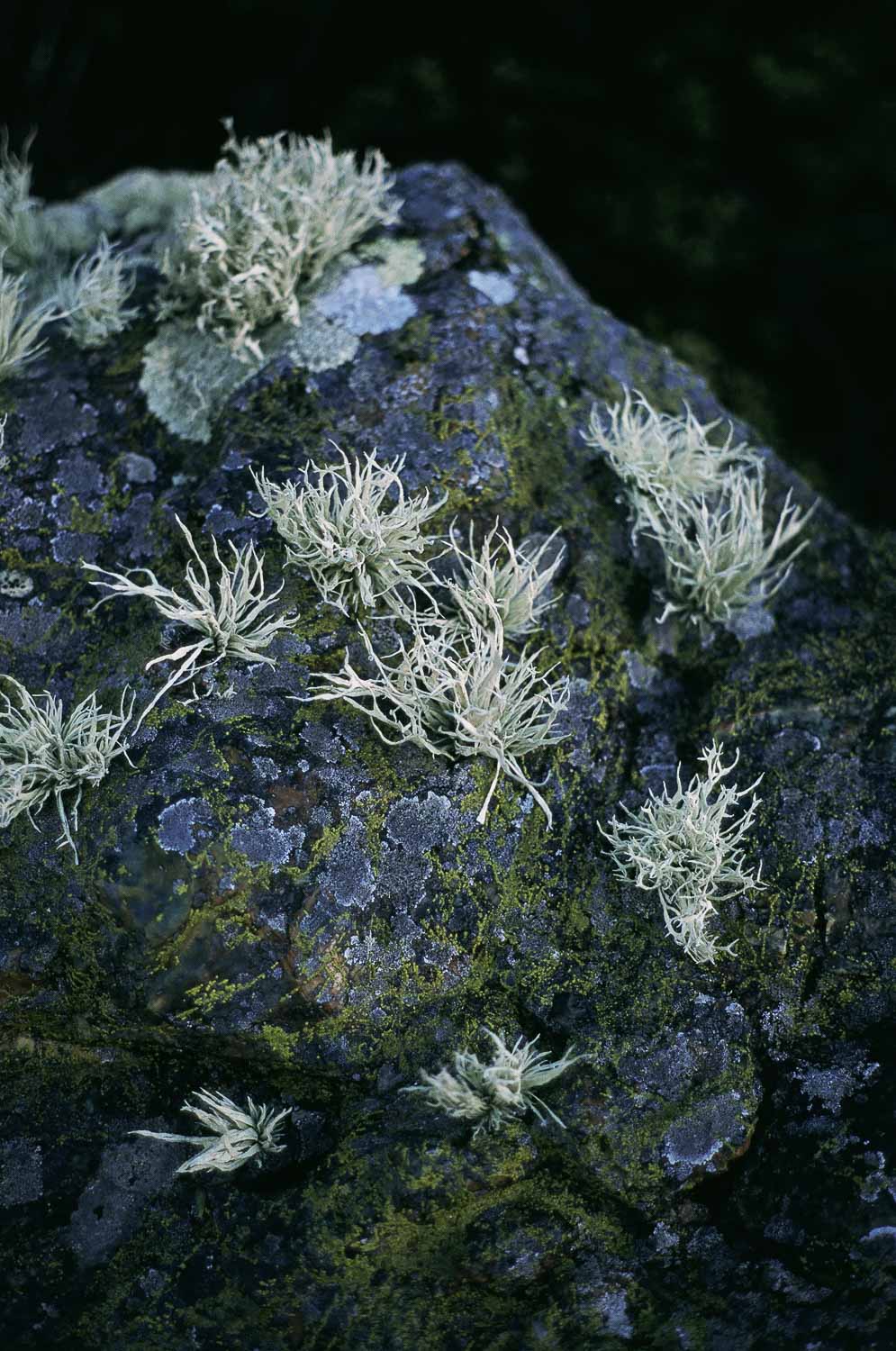
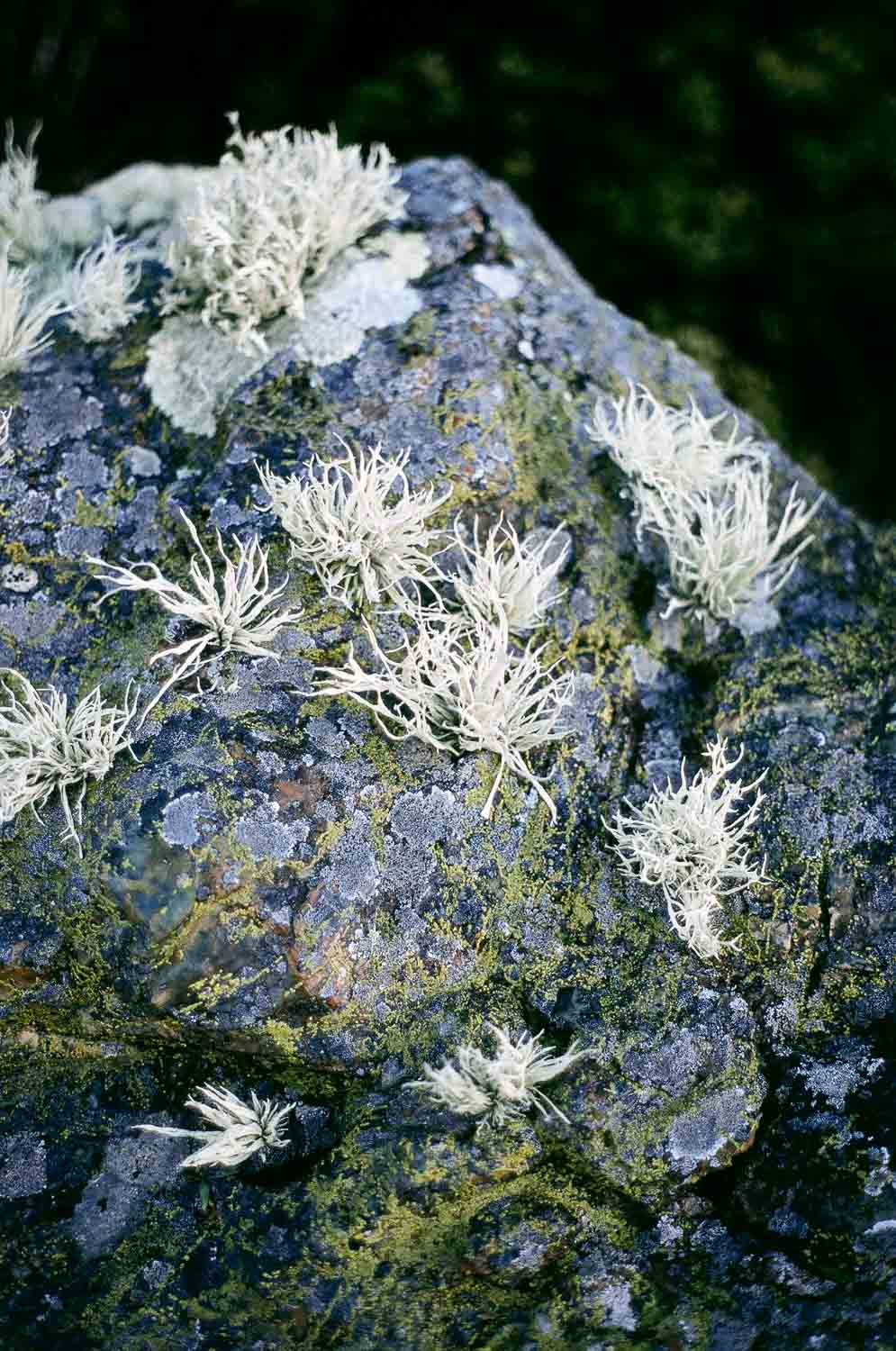
4. Fujifilm Pro 400h
It's no joke when people say this film is at its best when you overexpose.
In the two test rolls I shot, the photos I liked the most were those that I overexposed by at least a stop or two.
While it has a nice dynamic range and beautiful grain, this film is a bit ho-hum for me. I know folks love it for great skin tones and for events such as weddings where soft, cool colors are often preferred.
But as someone who doesn't photograph people and who likes rich, warm colors and plenty of saturation in nature photos, I don't think I'll be picking up more 400h.
Lovely film, just not for my use. But that's all part of experimenting. Have to try it to know for sure!
UPDATE: This film stock has been discontinued.
5. Kodak Portra 800
Ok, so the way I feel about Ektar 100 for landscapes is the way I feel about Kodak Portra 800 for walk-around general use film.
I LOVE this film.
It is so warm, so rich. The grain can admittedly be a little much sometimes, but that can be a plus in some ways. Having a lot of grain reminds me of the process of creating a photograph and feeling the overall mood and concept of an image, rather than analyzing the details for perfect sharpness and clarity. There's no pixel-peeping in film!
So a lot of grain is fine with me when it creates images visually interesting for not only their content but also their texture.
Though it's a high-speed film and you can use it in low light, I found it shines in bright light too. I'm a sucker for backlight in my photos, and this film comes through, able to produce vivid colors and just the right amount of contrast even with a bright sun.
Though I am getting back into film for landscapes, I found myself mainly photographing my dog with Portra 800. He's always with me for these morning hikes, and I just leaned toward photographing him instead of the scene.
I can't put my finger on why, but this film seems to make a lot more sense with a specific subject within a landscape, rather than as a landscape film. Maybe it's the grain after all — it just works with a live subject better than a landscape scene.
Maybe it's the fact that at ISO 800 it's fast enough that I can actually hand-hold my camera at sunrise and sunset and so can more easily capture my dog in scenes.
Maybe it's that I'm a wildlife photographer and not a landscape photographer so a frame doesn't feel quite complete to me unless there's an animal in it.
I don't know.
But I do know that for me, this is a must-have film for general use. Completely in love with it.
Working with a film lab
One thing I've learned so far is that equally as important as film choice and exposure settings is great communication with your lab.
The technicians doing the processing and scanning the negative films are making specific choices that affect the outcome of your image.
If you let them know what you shot and what you're hoping to get from your images, you'll have a much more satisfying experience.
For example, I tried overexposing a couple frames of Portra 800 to see how well it can handle keeping highlights.
I knew I was overexposing by a lot, so when I got Scan 1 back from the lab and saw the blown out highlights, I figured I just went beyond the abilities of the film.
However, I liked the image enough that I wanted a larger scan file, so I took the negative back to the lab.
Either another technician handled the scans or the first technician made a new choice about the brightness, because check out all the detail that was actually still on the negative that now shows up in Scan 2.
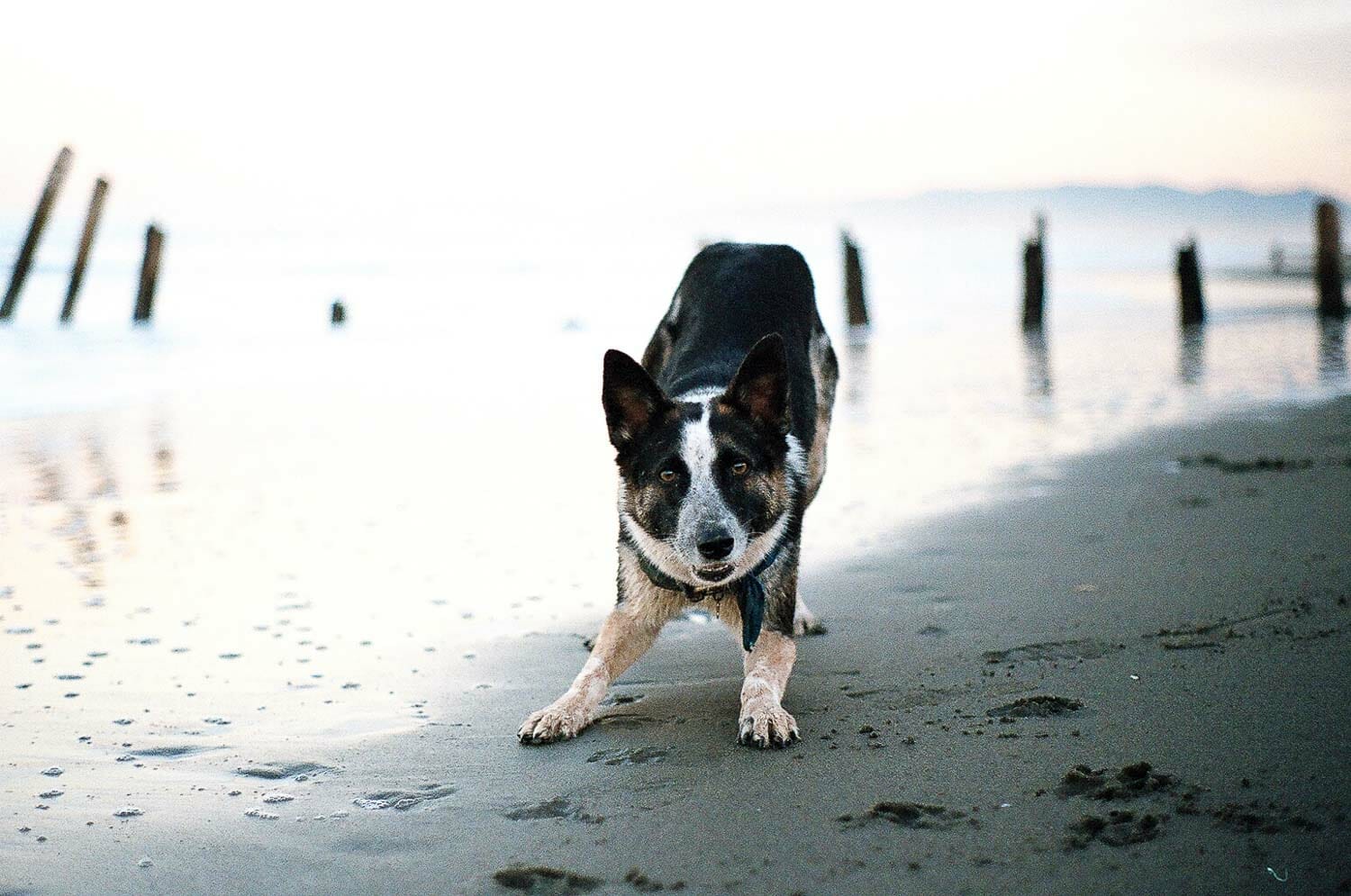
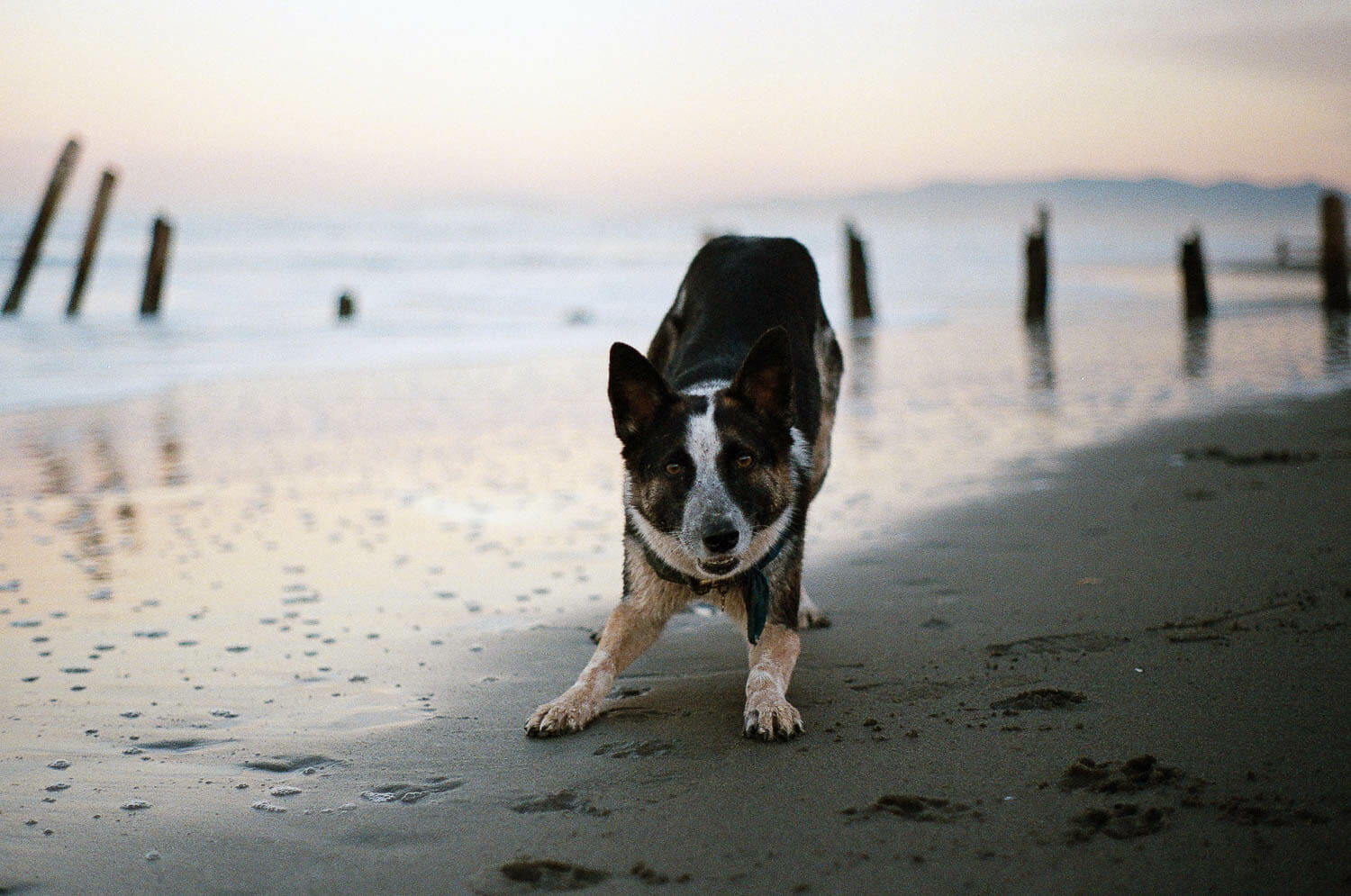
I understand the decision the technician made the first time around – the exposure here really gets the dog's face, and especially eyes, to stand out.
But I much prefer Scan 2 because I have more flexibility to make adjustments to the scan in Lightroom, brightening the image to my taste without losing detail. I can't bring the detail back with Scan 1.
So now I know to tell the lab that my preference is to have a nice bright image but to maintain detail in the highlights. Problem solved!
Technicians at the lab control much of the look of your final image, from exposure to color corrections. Check out the huge difference in the rescan below.
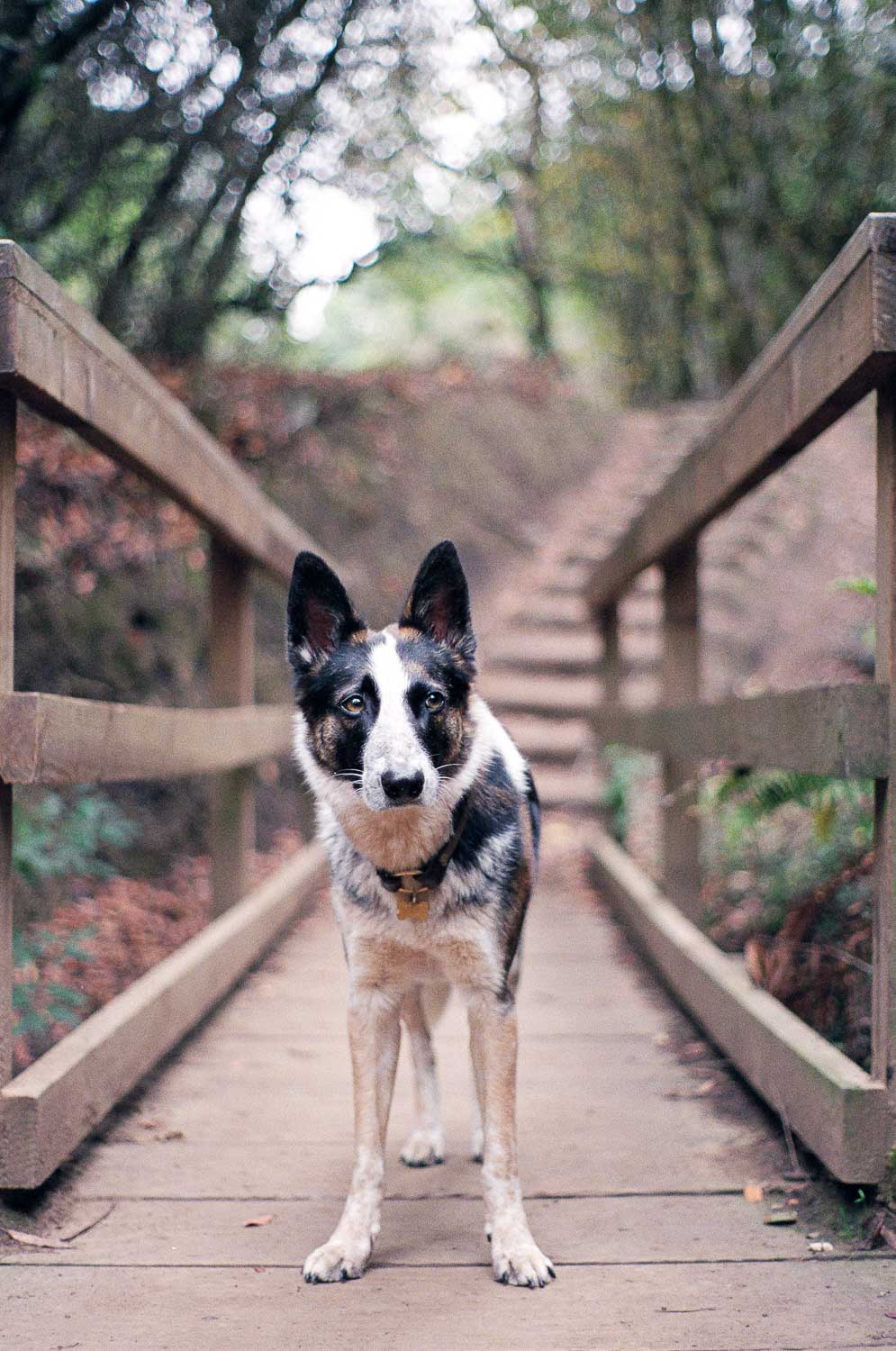
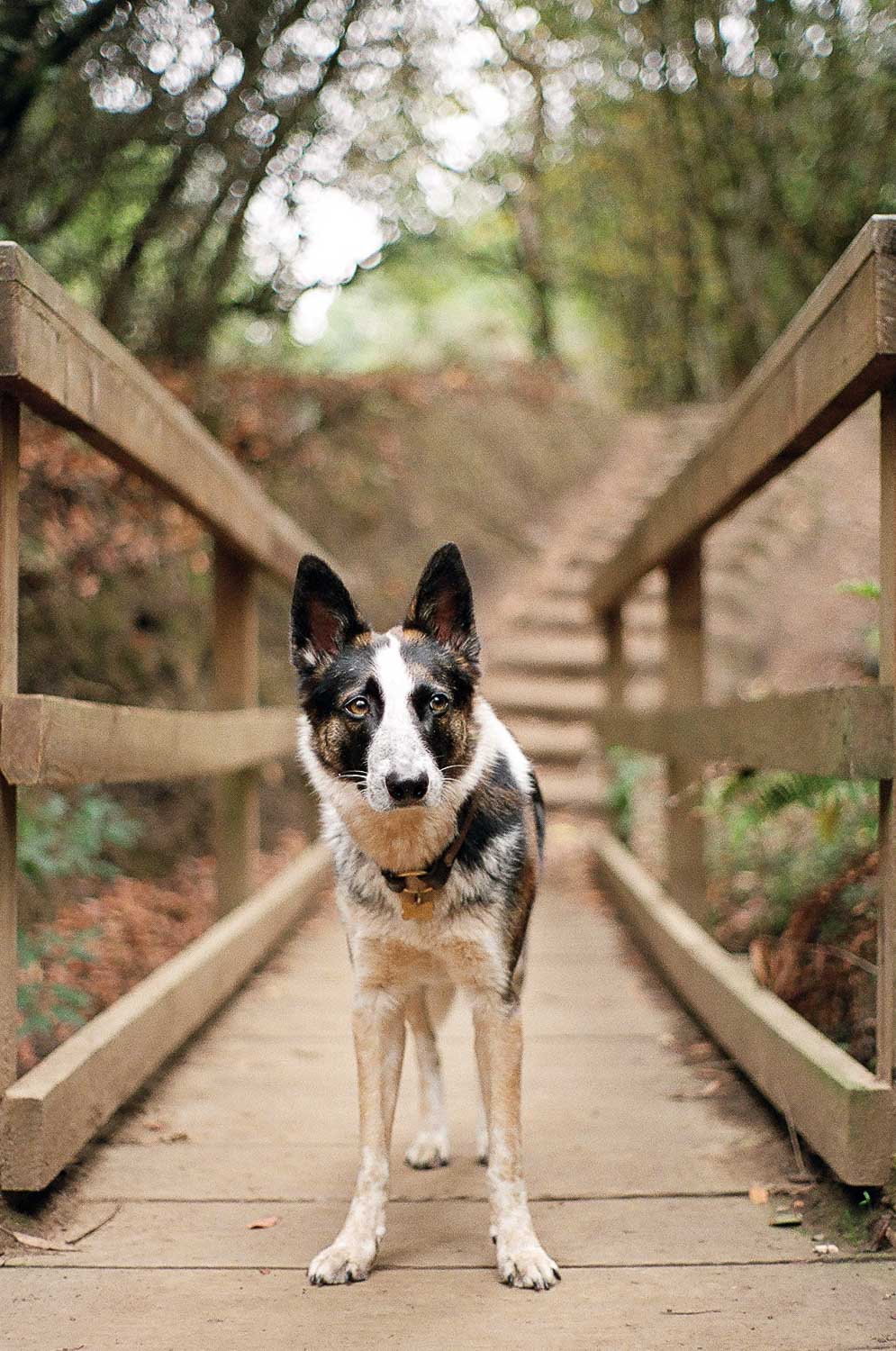
This is a great example of why learning how to communicate with a lab and getting on the same wavelength is such an important part of film photography.
You work together to get the best image.
(Unless of course you have your own film scanner. I tried that, and totally would rather have a lab do it for me!)
Luckily, adjustments can be made at the lab or at home, so there is still quite a bit of flexibility for the final results.
If you want an analysis of film choices for landscapes from a pro who specializes in photographing landscapes with film, I've found this article by the exceptionally talented Alex Burke to be really helpful.
Now that we've covered my reviews, let's talk about the factors you'll want to take into consideration if you're game to grab a roll of film and go outside to play.
How to choose the best 35mm color film for landscape photography
Selecting the right 35mm color film for landscape photography is a crucial step to capture breathtaking shots.
There are several factors to consider in your selection process, and understanding these can help enhance your photographic outcomes.
1. Film Speed (ISO)
This represents the film's sensitivity to light.
Lower ISO films (e.g., ISO 50 or 100) are less sensitive to light and result in finer grain, which can be ideal for capturing detailed landscapes with high resolution.
Higher ISO films (e.g., ISO 400 or 800) are more light-sensitive, enabling photography in lower light but leading to more graininess, which might not be suitable for all landscapes.
Pop up to the examples again to see the difference between Portra 160 and Portra 800, and you'll get a feel for how speed impacts the look of a final image.
2. Color Reproduction
Different films reproduce colors in varying ways, so which film you choose depends a bit on your photography style and preference on colors in your landscapes.
Some films, like Kodak Ektar 100, offer vibrant, saturated colors, making them perfect for capturing rich landscapes.
Others, like Fujifilm Pro 400H, provide soft, cool colors, which can be suitable for more subdued or ethereal landscapes.
Take this into account as you experiment.
3. Dynamic Range
The film's dynamic range refers to its ability to record details in the shadows and highlights of a scene.
A film with a wide dynamic range, such as Kodak Portra, can capture a broader range of tones.
That's a pretty big plus when photographing landscapes with high contrast levels.
So, depending on the landscape you're photographing and the lighting, this will affect the choice of what film you pop into your camera.
4. Grain Structure
As we've seen, the appearance of grain varies among films.
Some photographers prefer a fine grain for a smoother, more detailed image (that's me, mostly), while others might prefer a more prominent grain for its aesthetic quality and texture.
Experiment with different speeds in the lighting conditions you most love to photograph in, and then decide on your preference.
5. Price
Finally, let's talk about the elephant in the room – price. Just like anything else, you get what you pay for.
If you're clicking away frequently, cost-effective films like Fujifilm Superia X-TRA 400 or Kodak Gold 200 can be your best friends.
But if you're after exceptional color reproduction and fine grain, high-end films like Kodak Ektar 100 or Kodak Portra might be worth that extra penny.
❂
The art of film photography is not just about the click of a shutter (though, that sound is SO satisfying!!).
It's about understanding your medium, knowing how to work with your lab, and making informed choices about your film.
It's also about trial and error, testing different films to find what aligns best with your artistic vision.
In otherwords: creative play.
Every shot you take is an opportunity to learn and grow as a film photographer.
So, don't be afraid to experiment, ask questions, and get to know your local lab technicians. They'll be more than happy to dive into the details with you.
I hope you have fun choosing your first roll of film to explore. Have fun out there!
